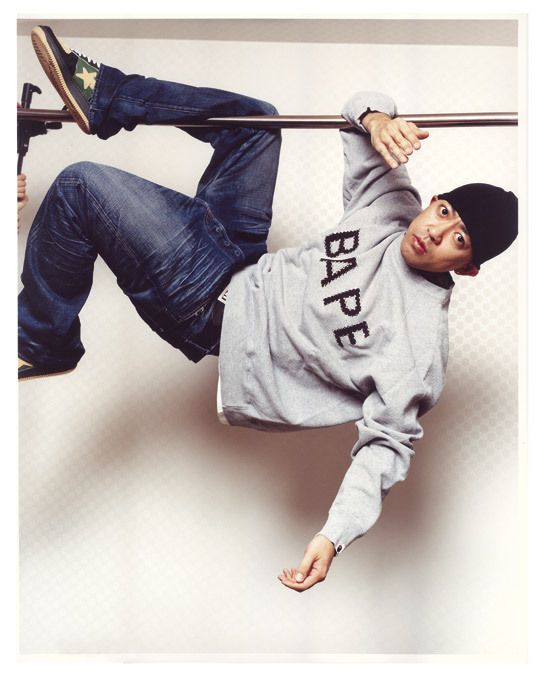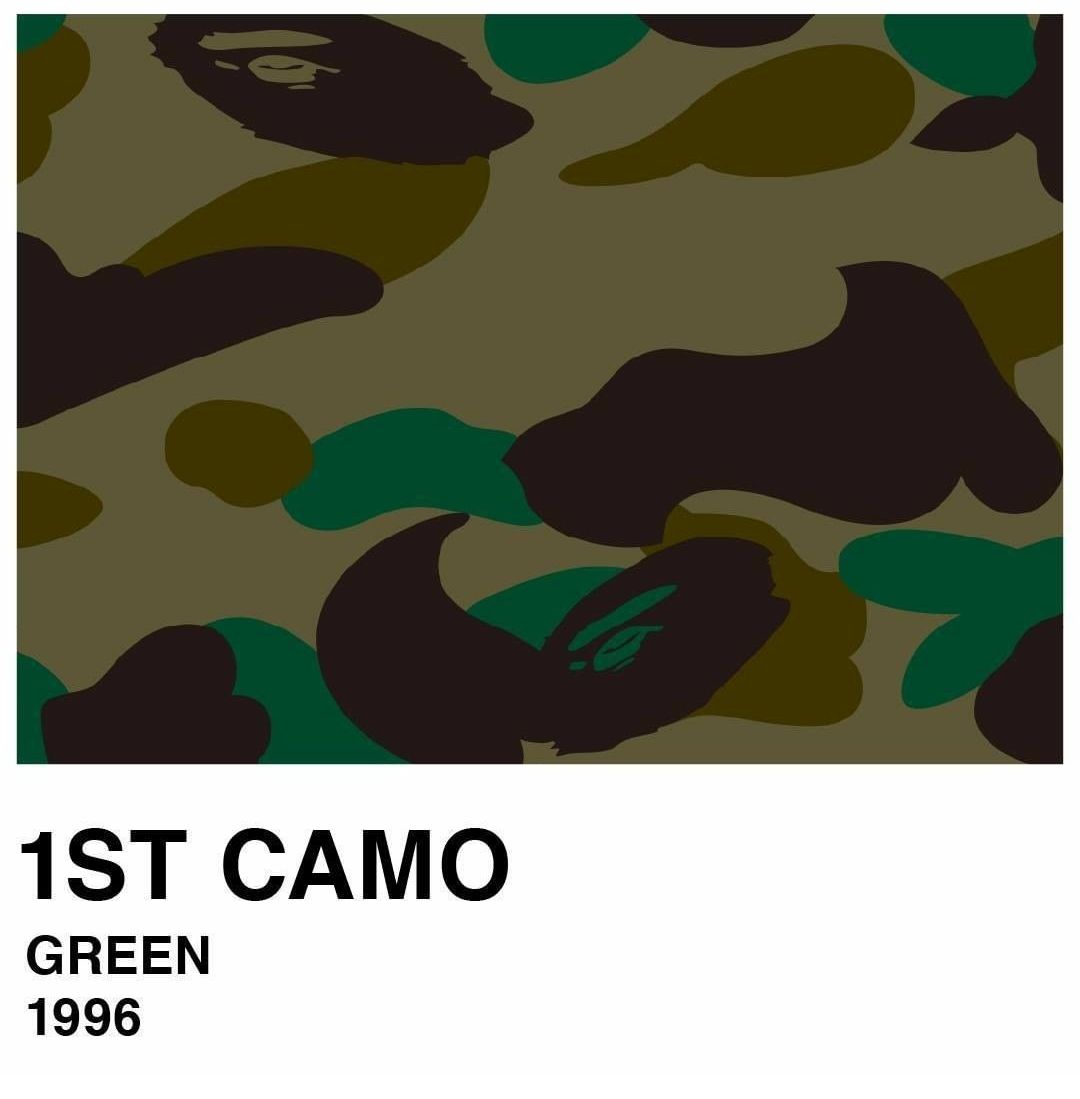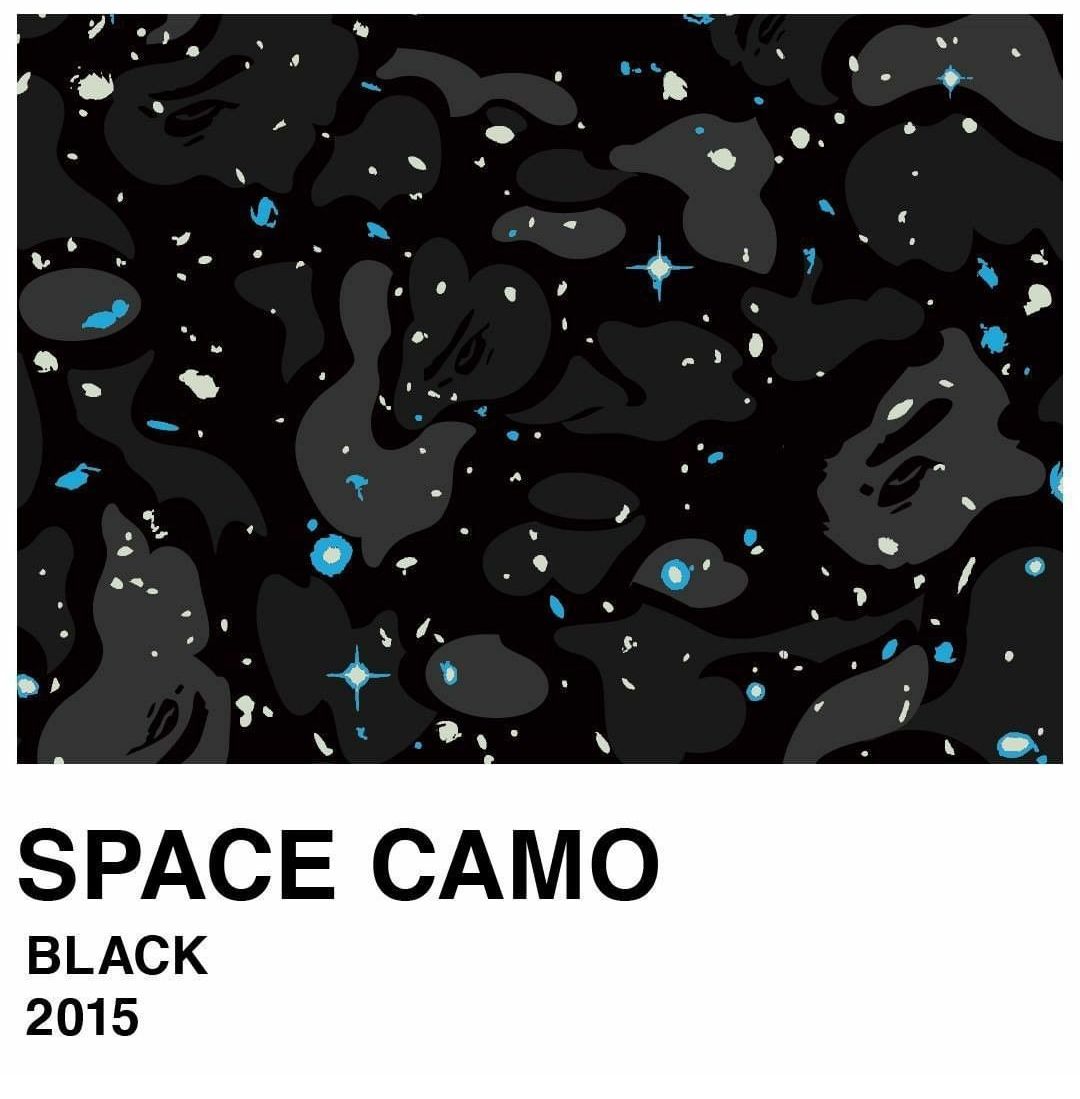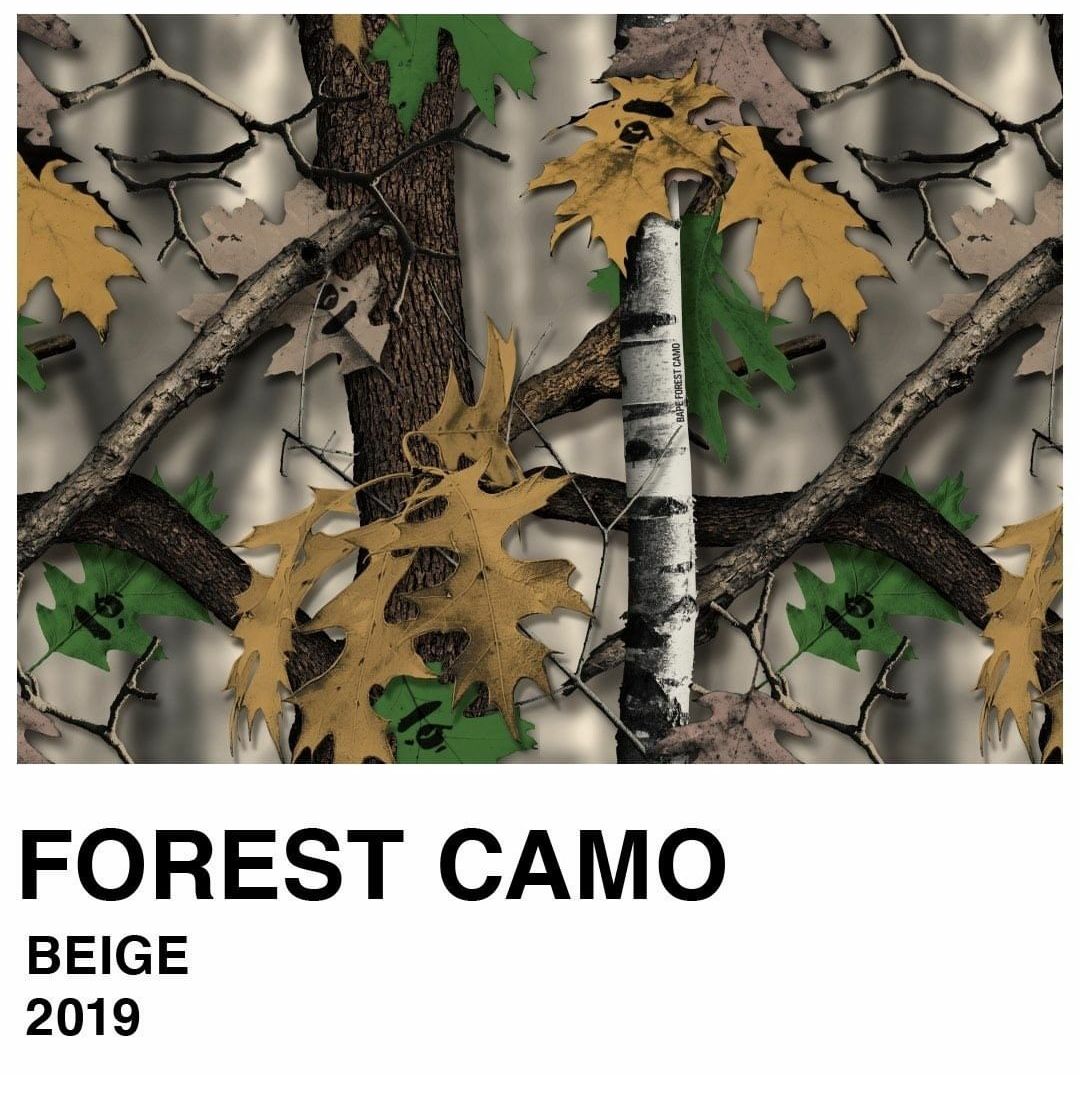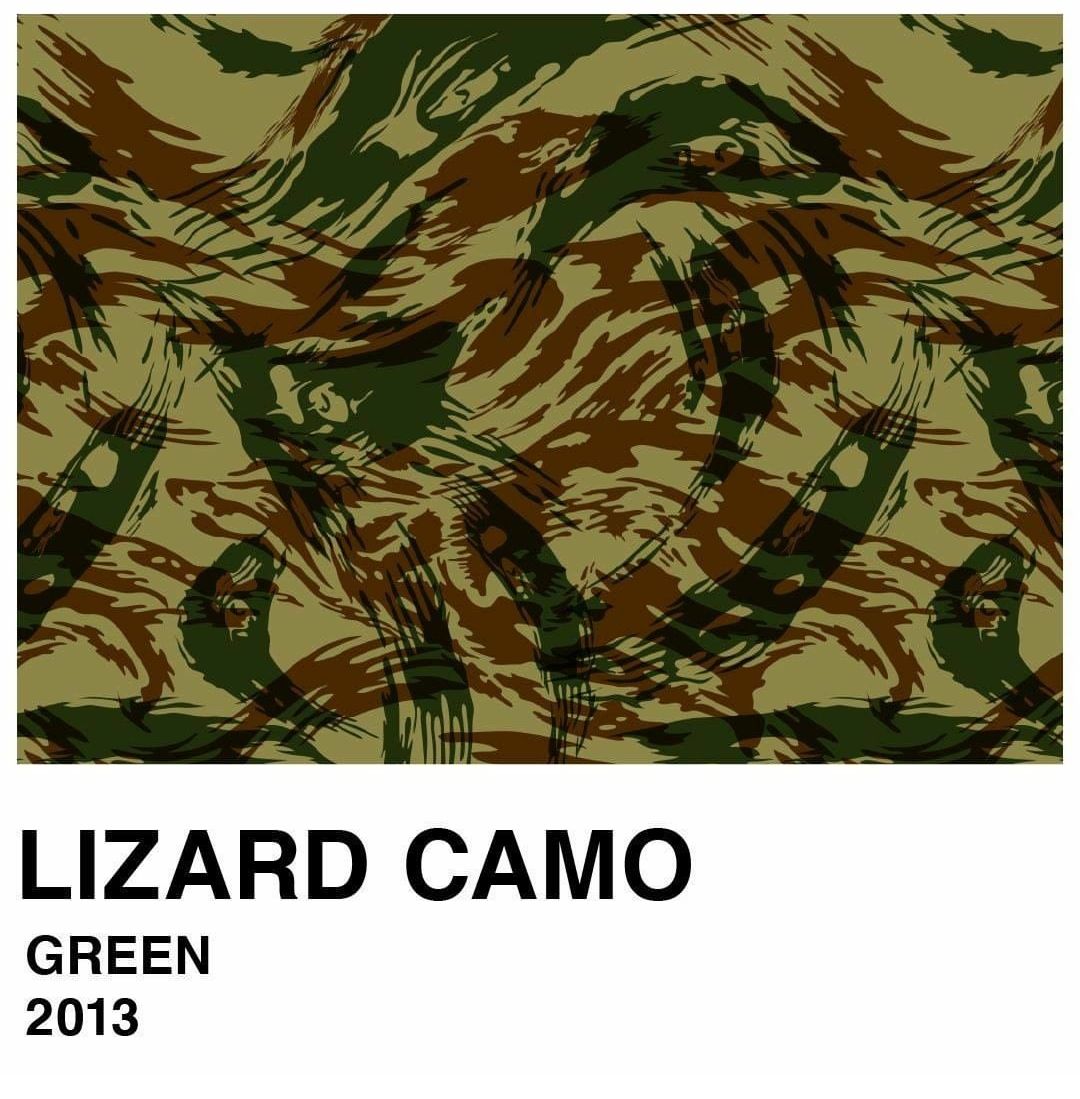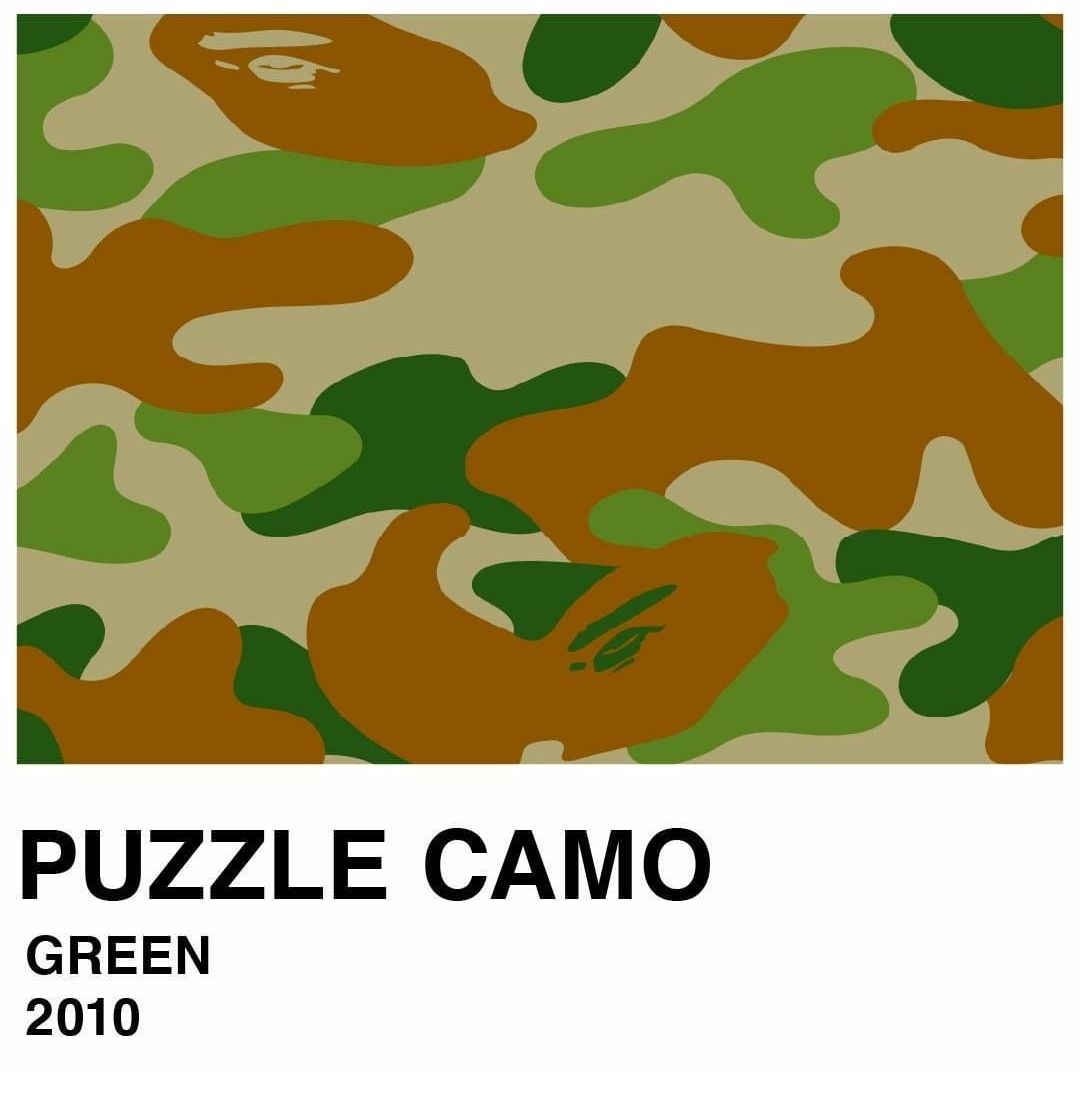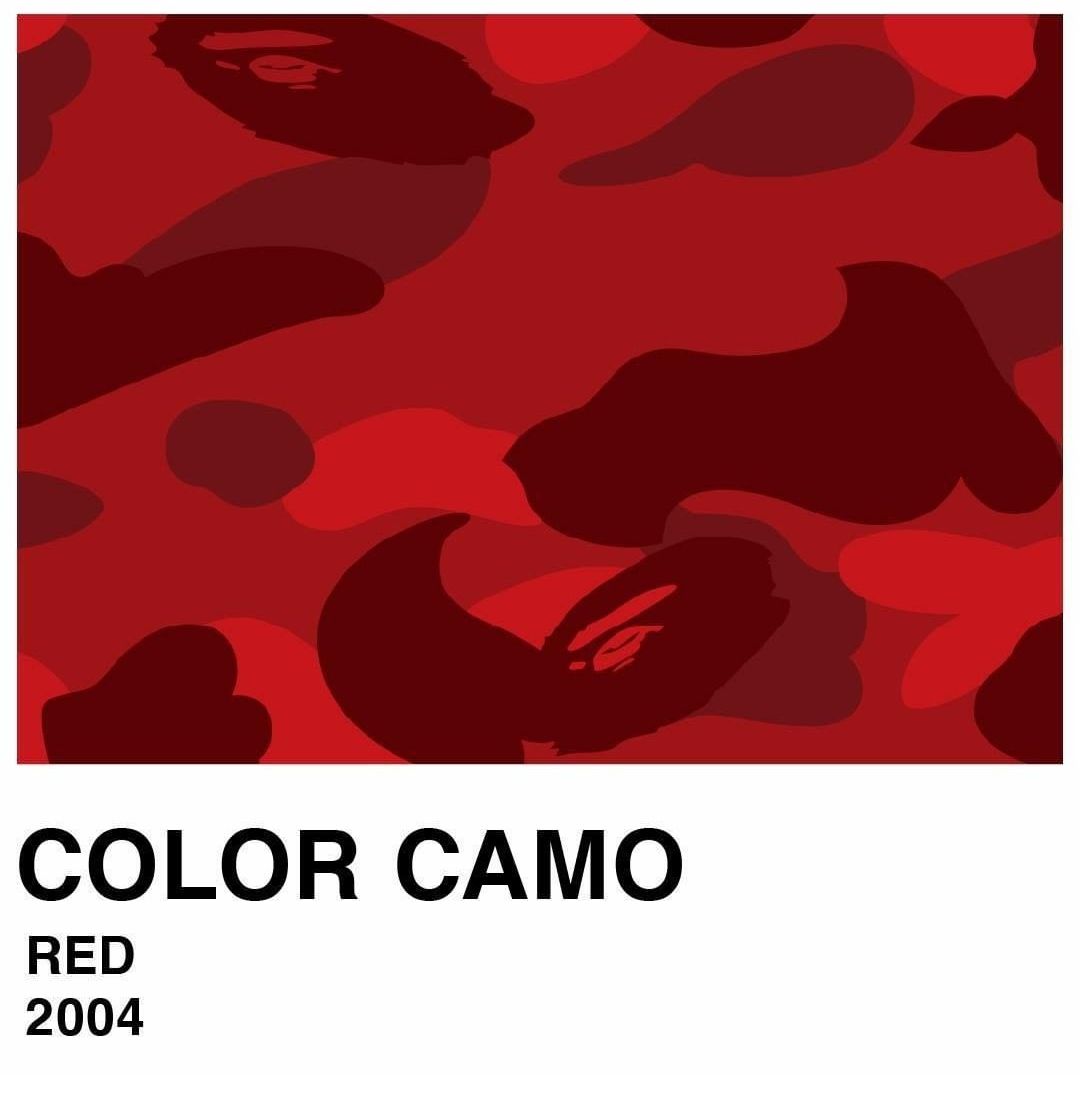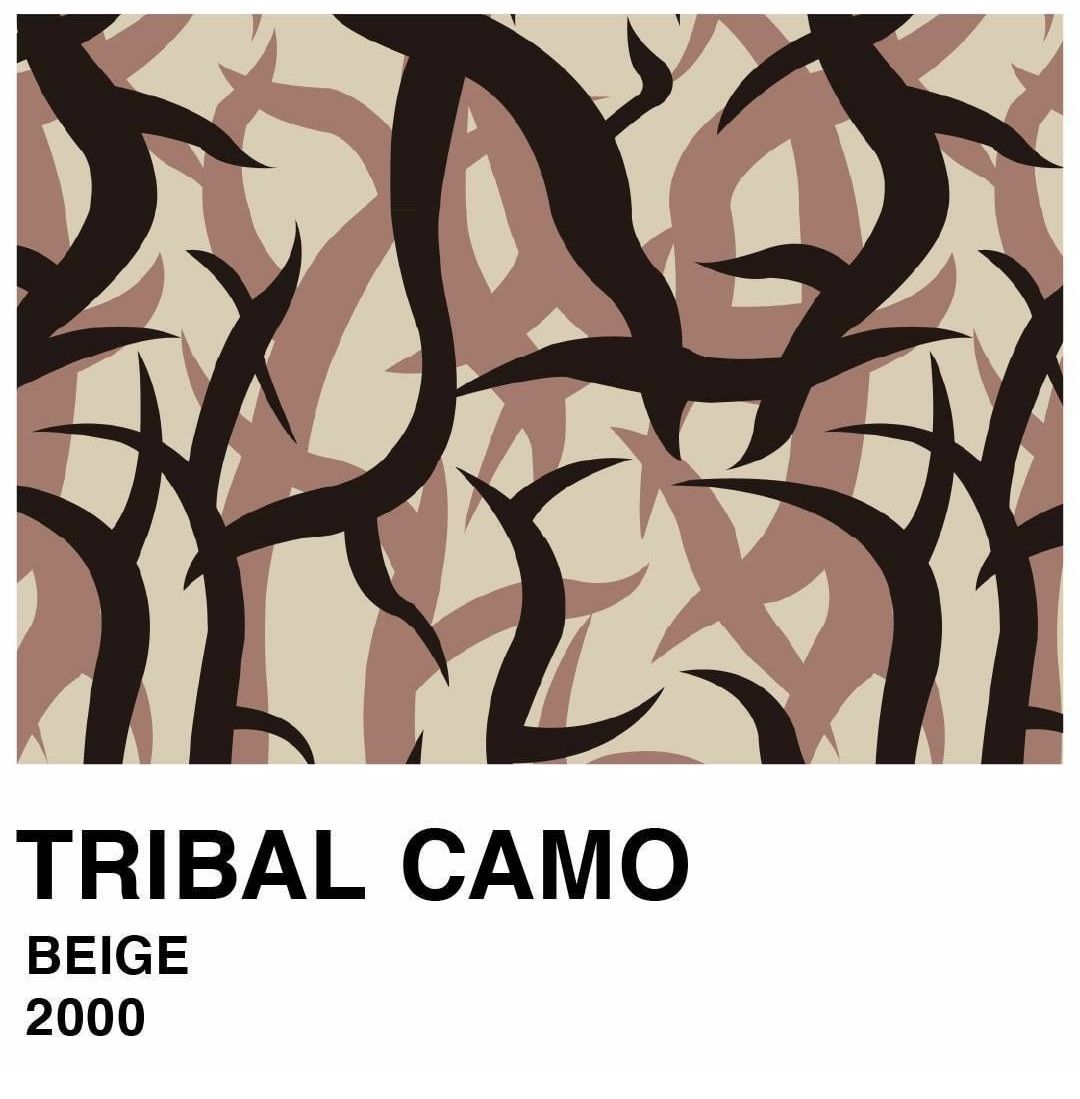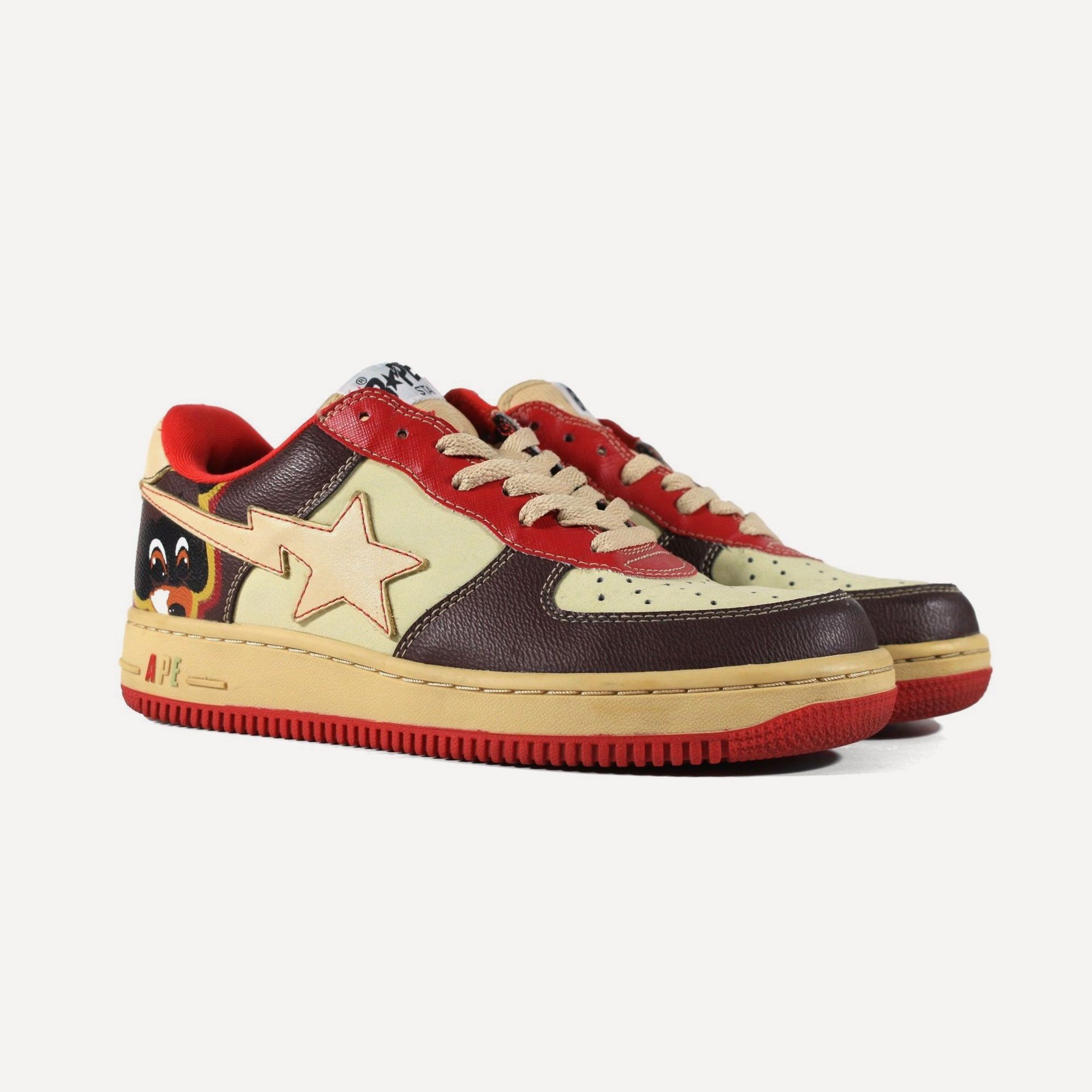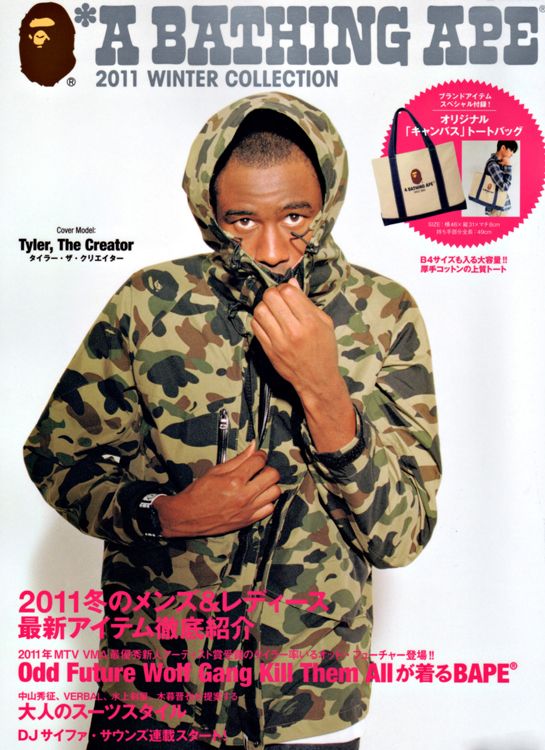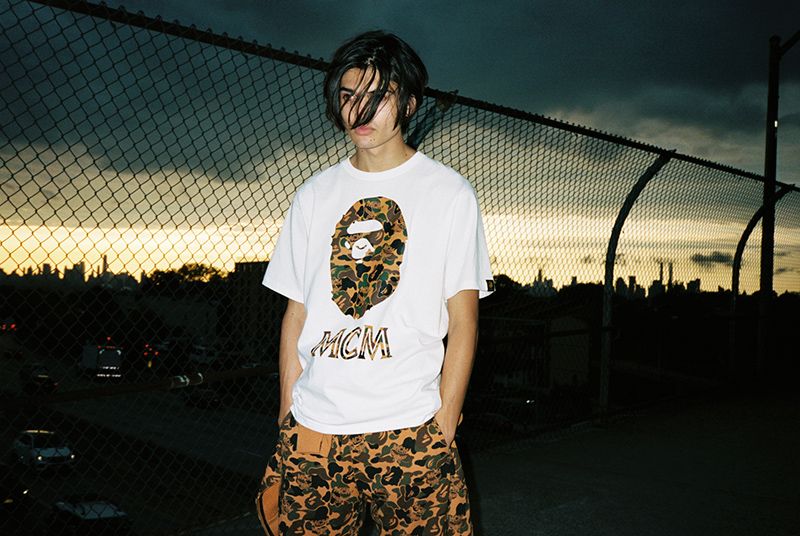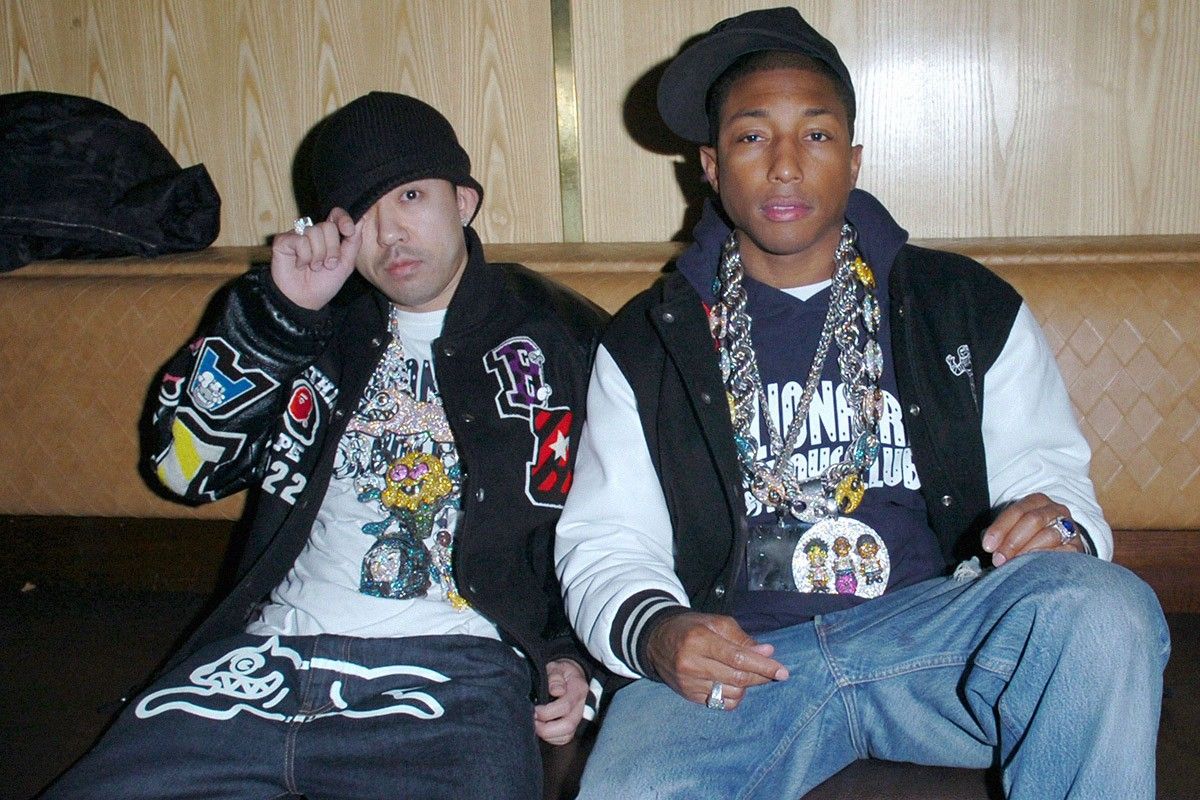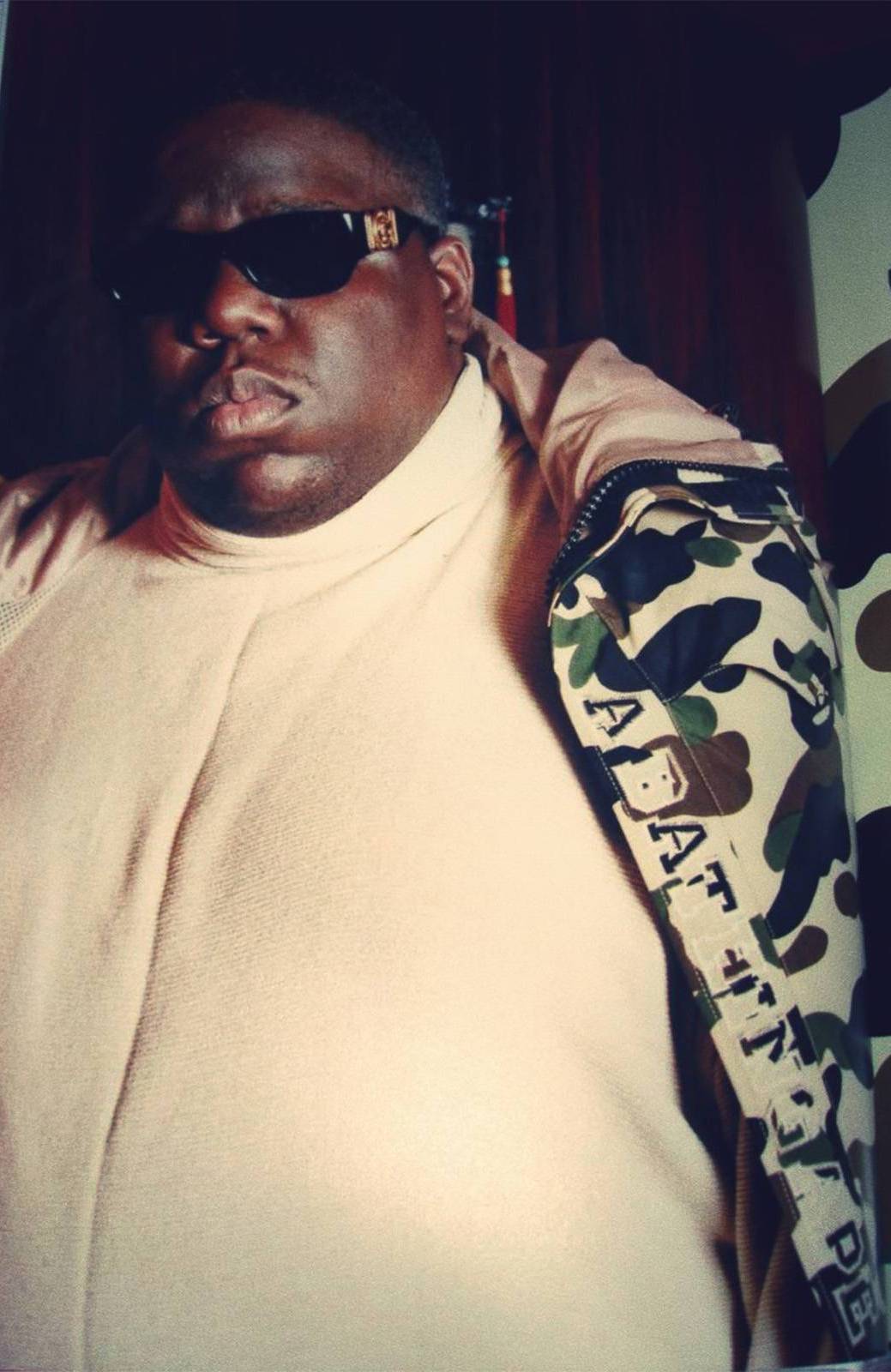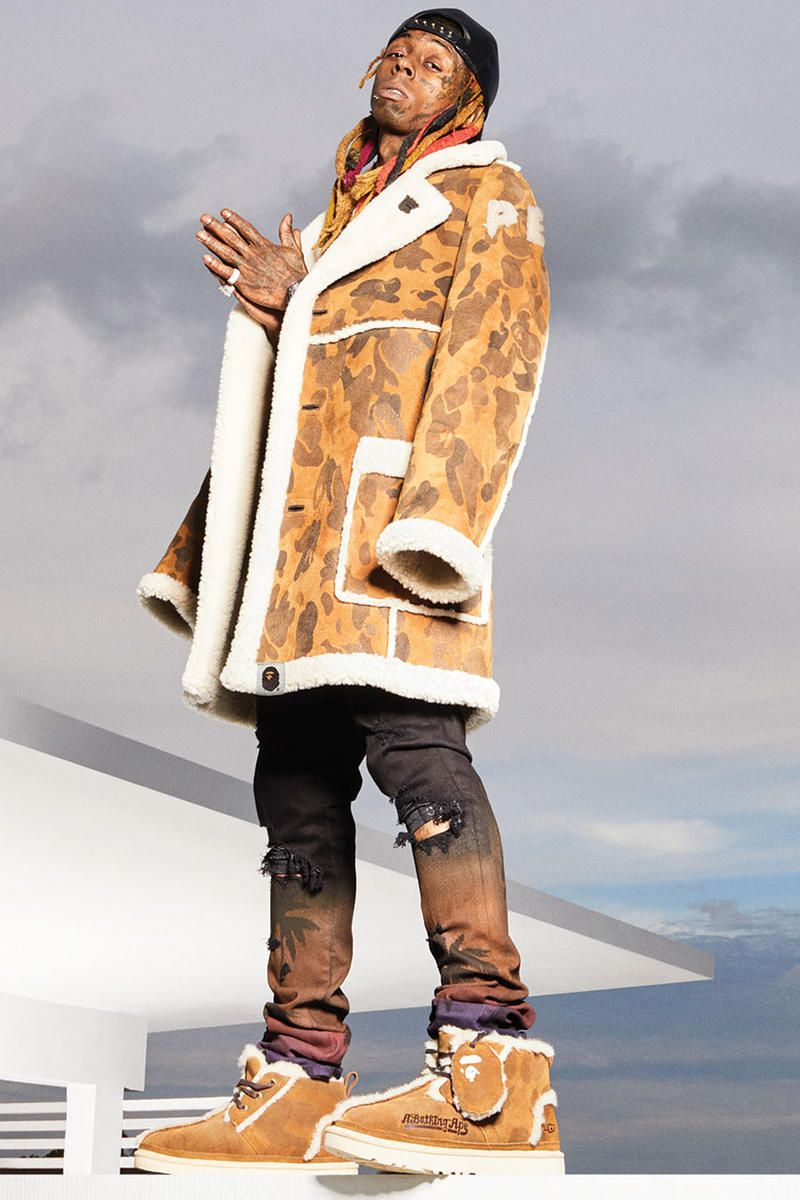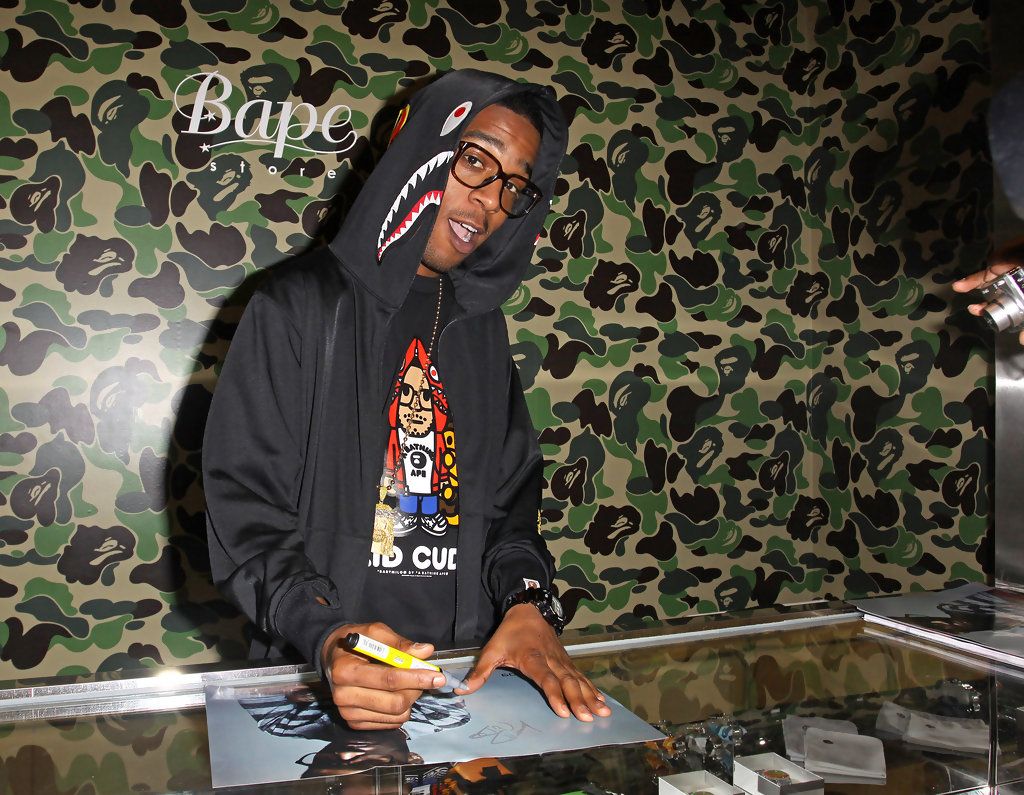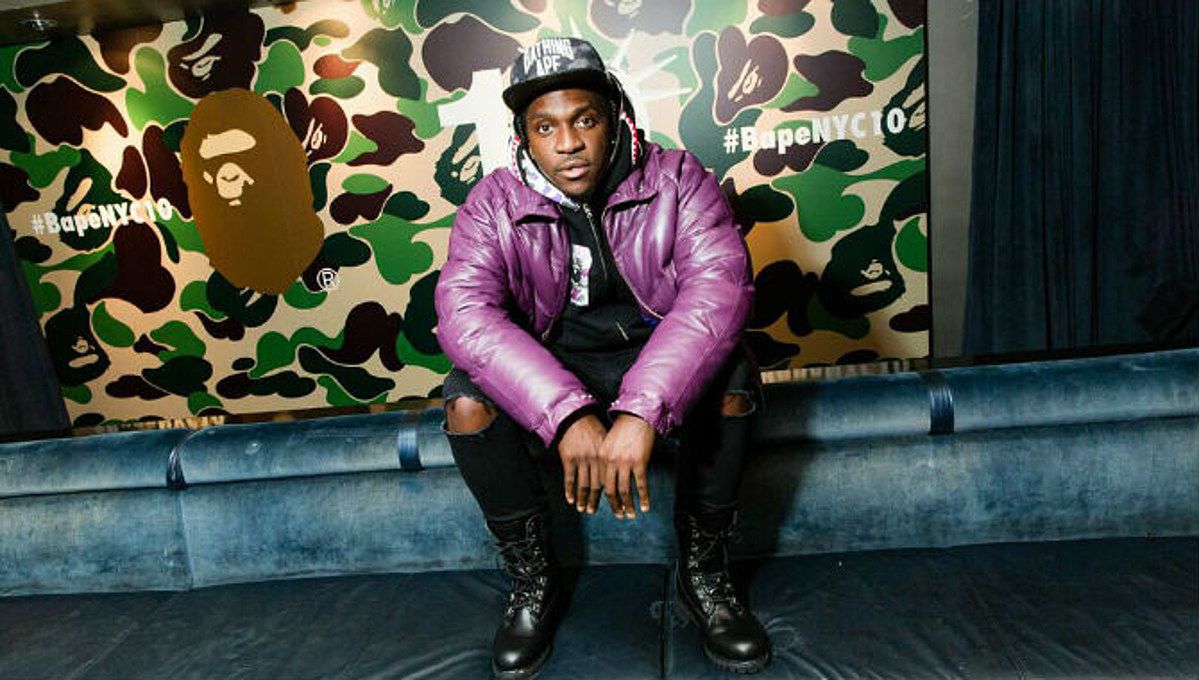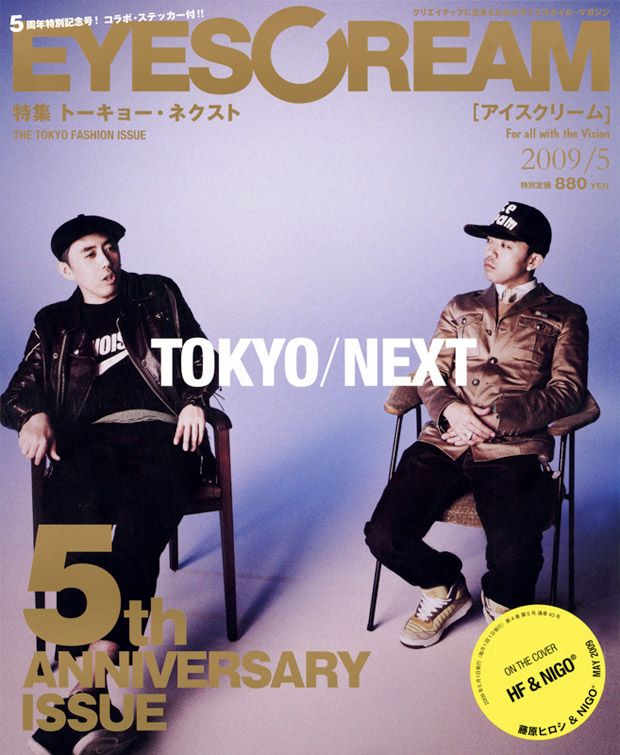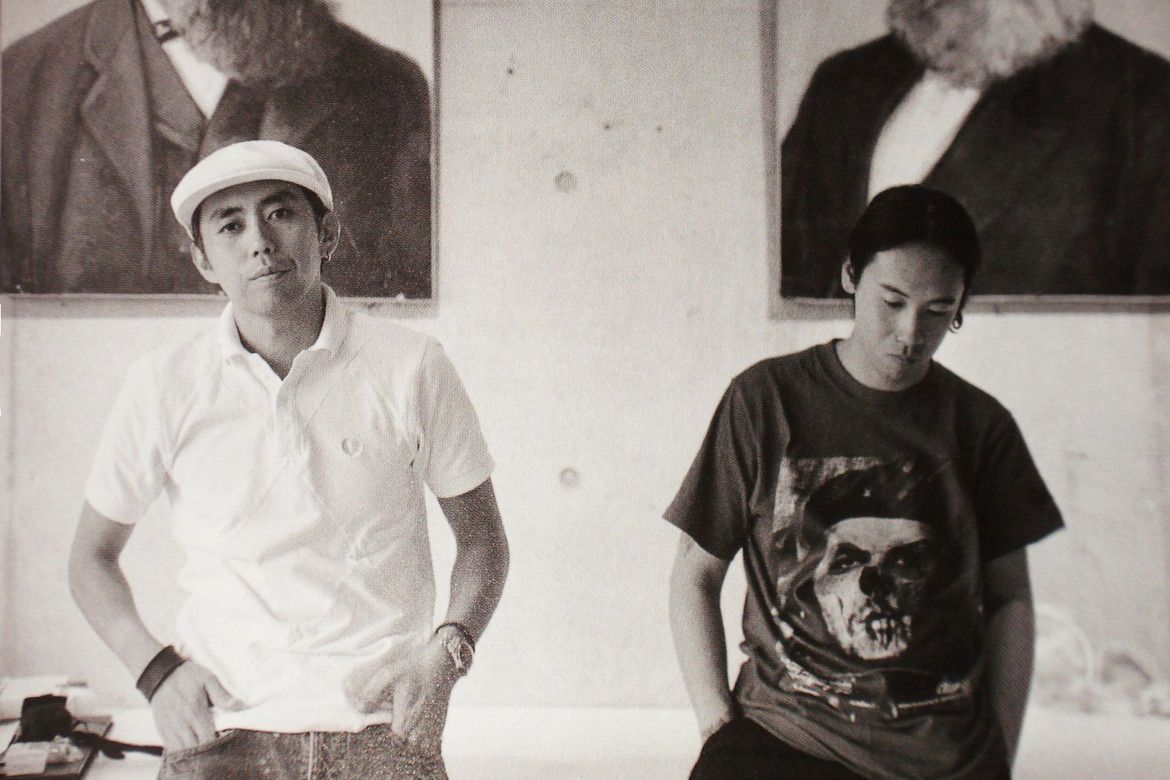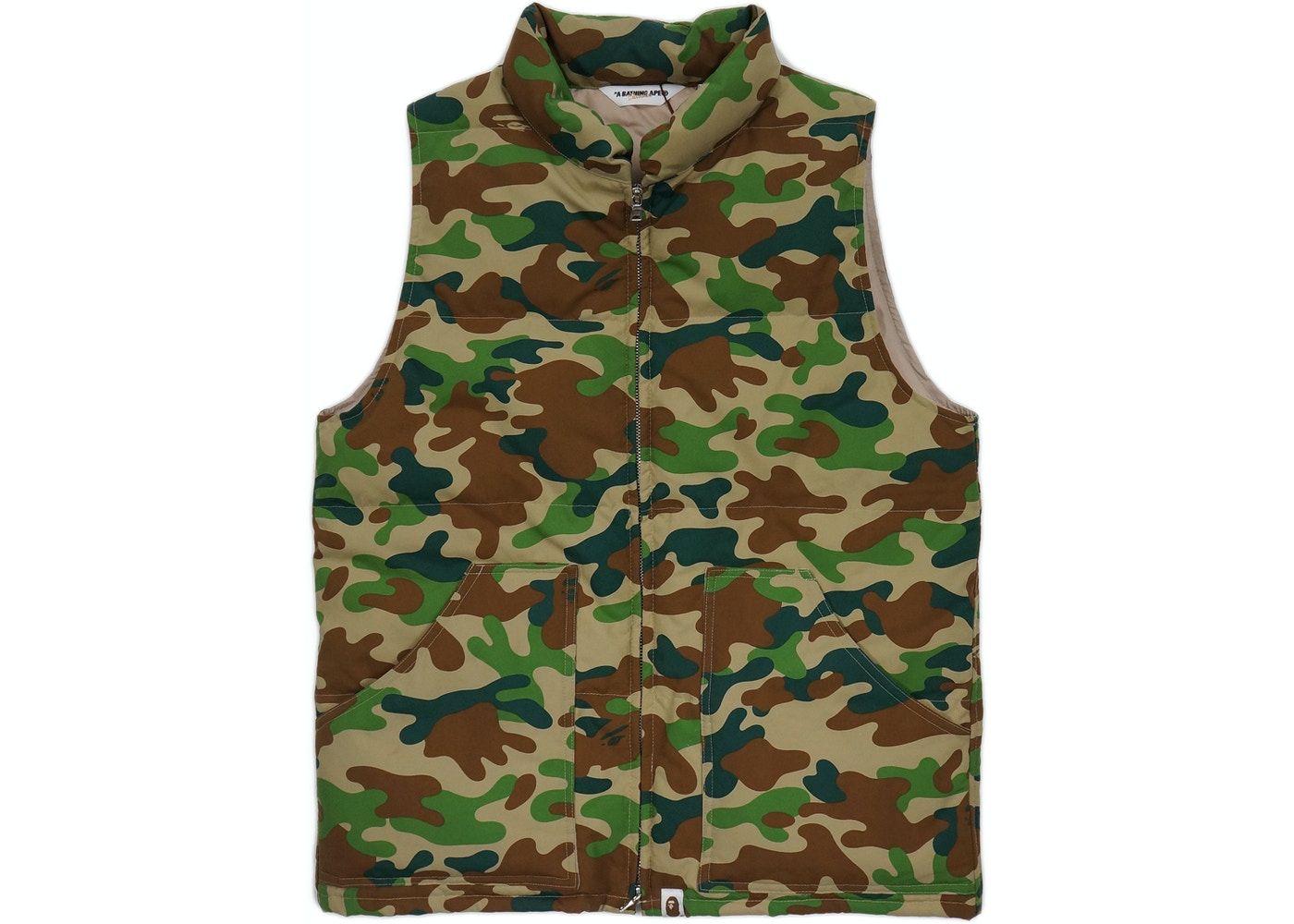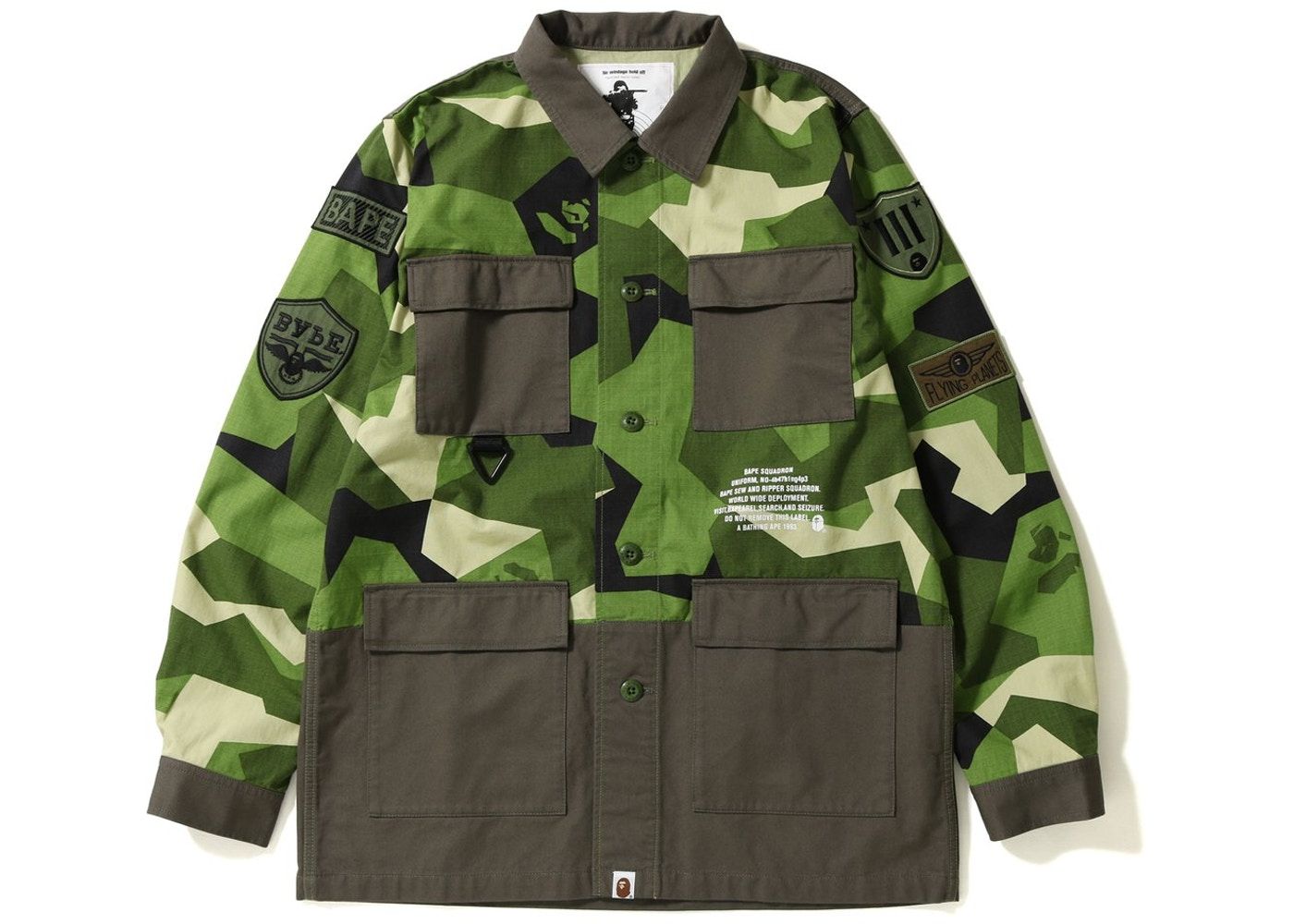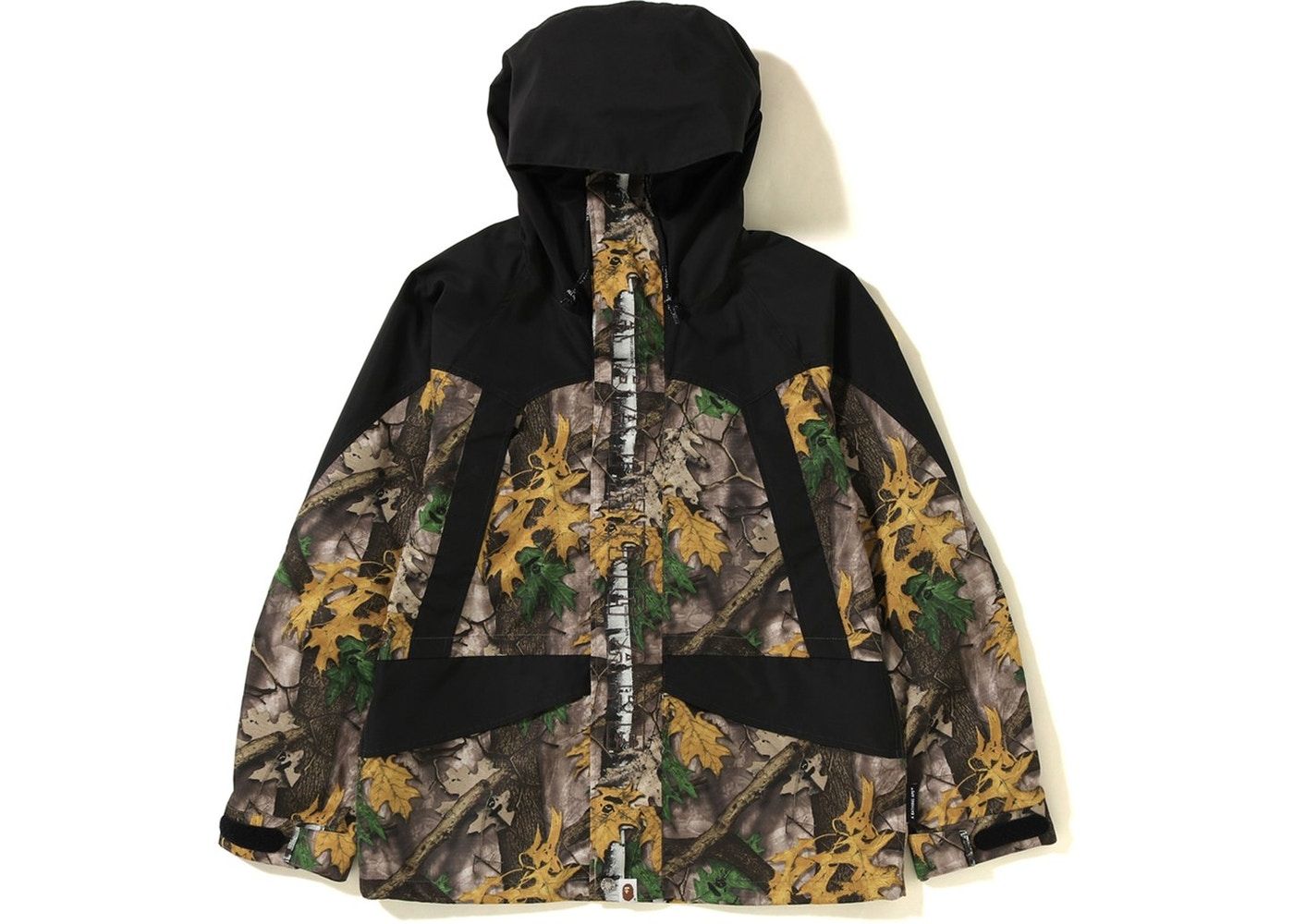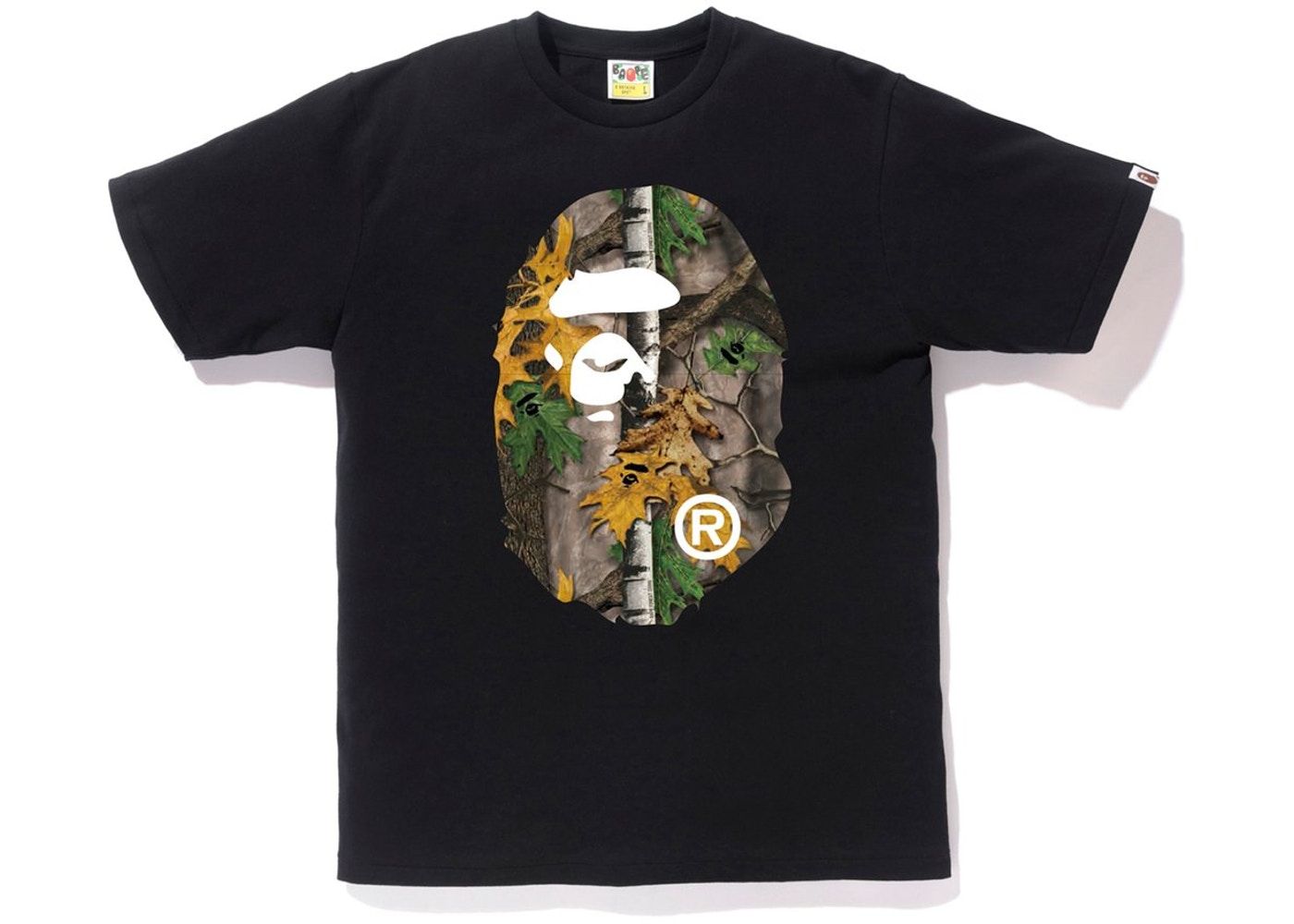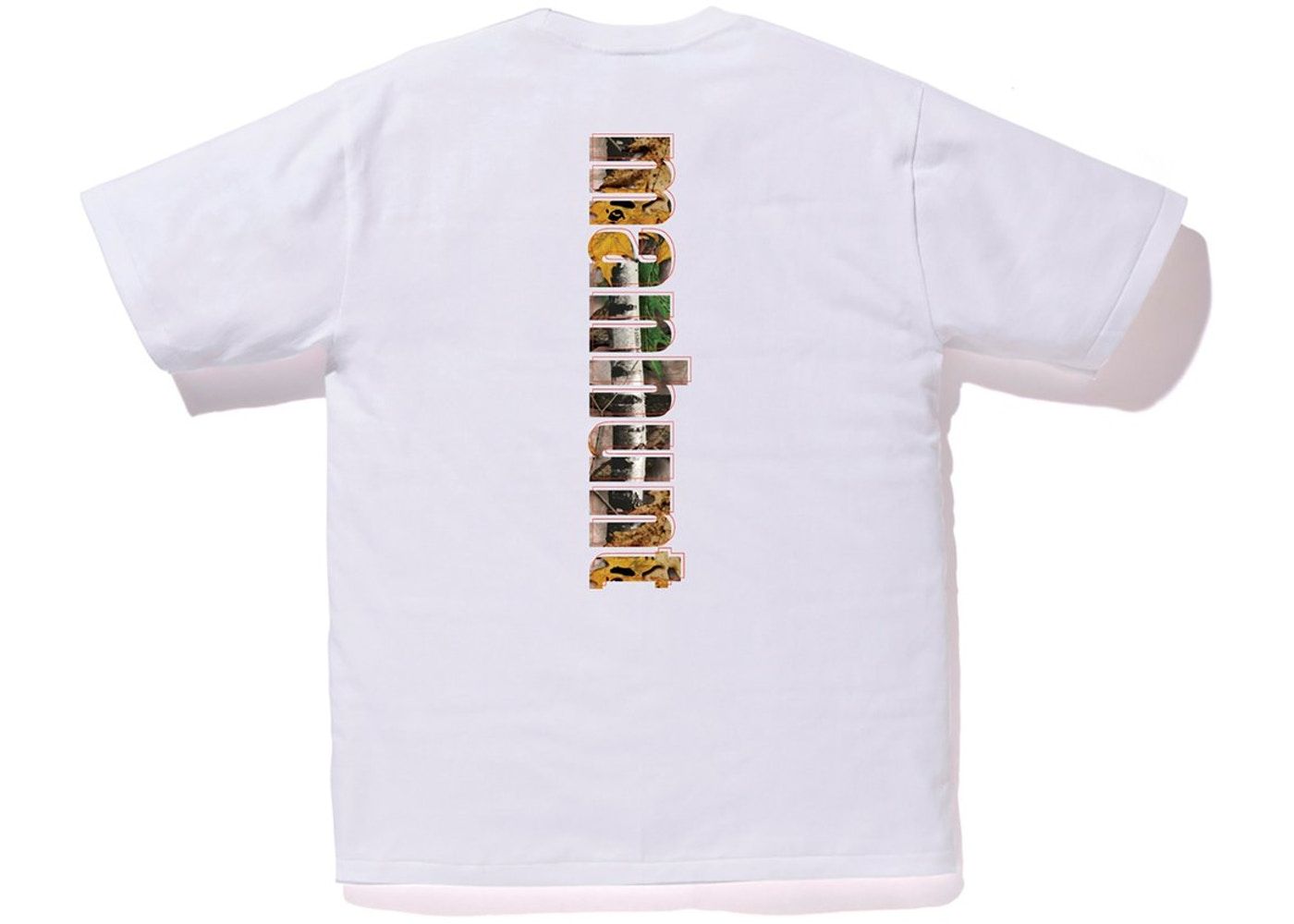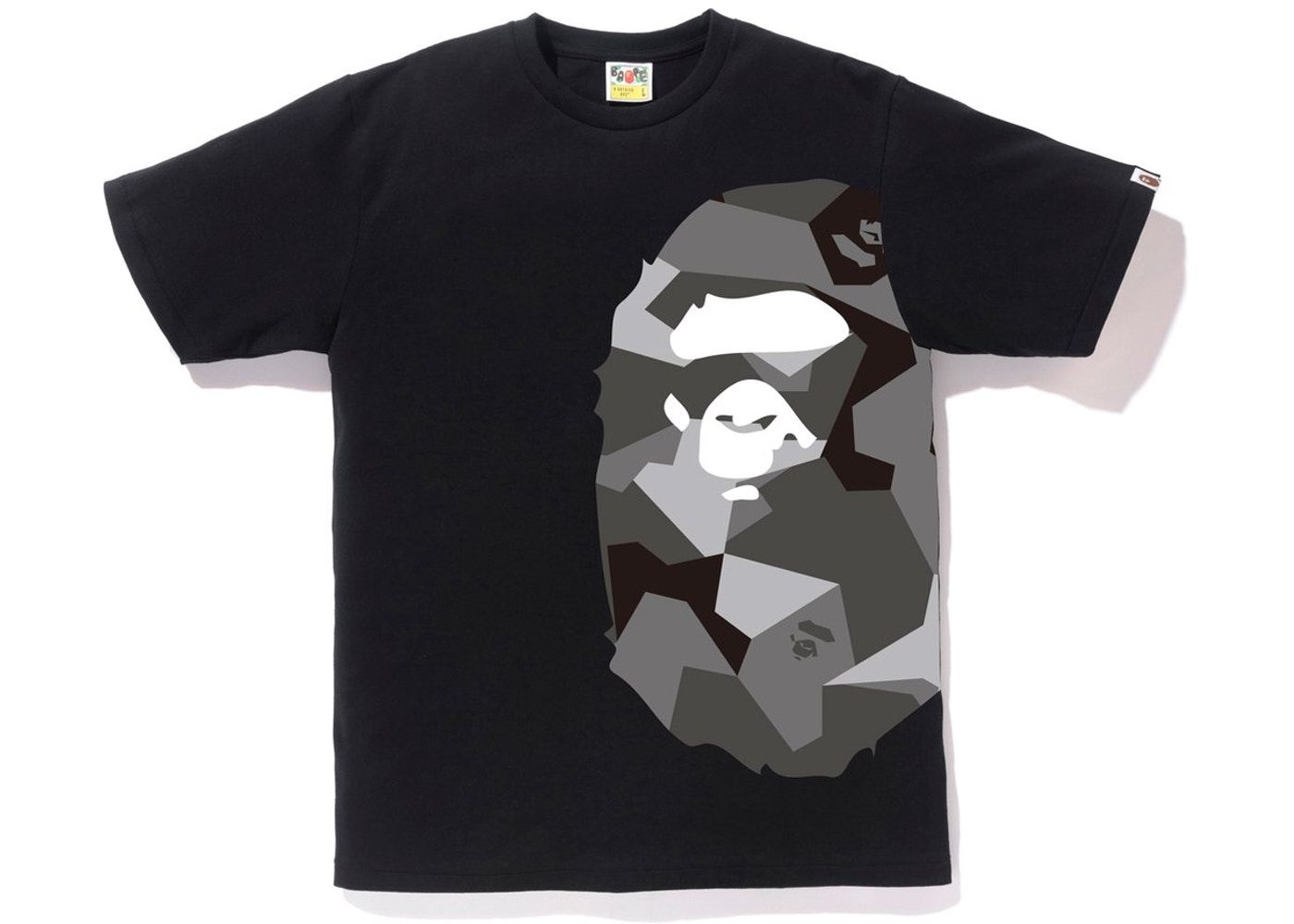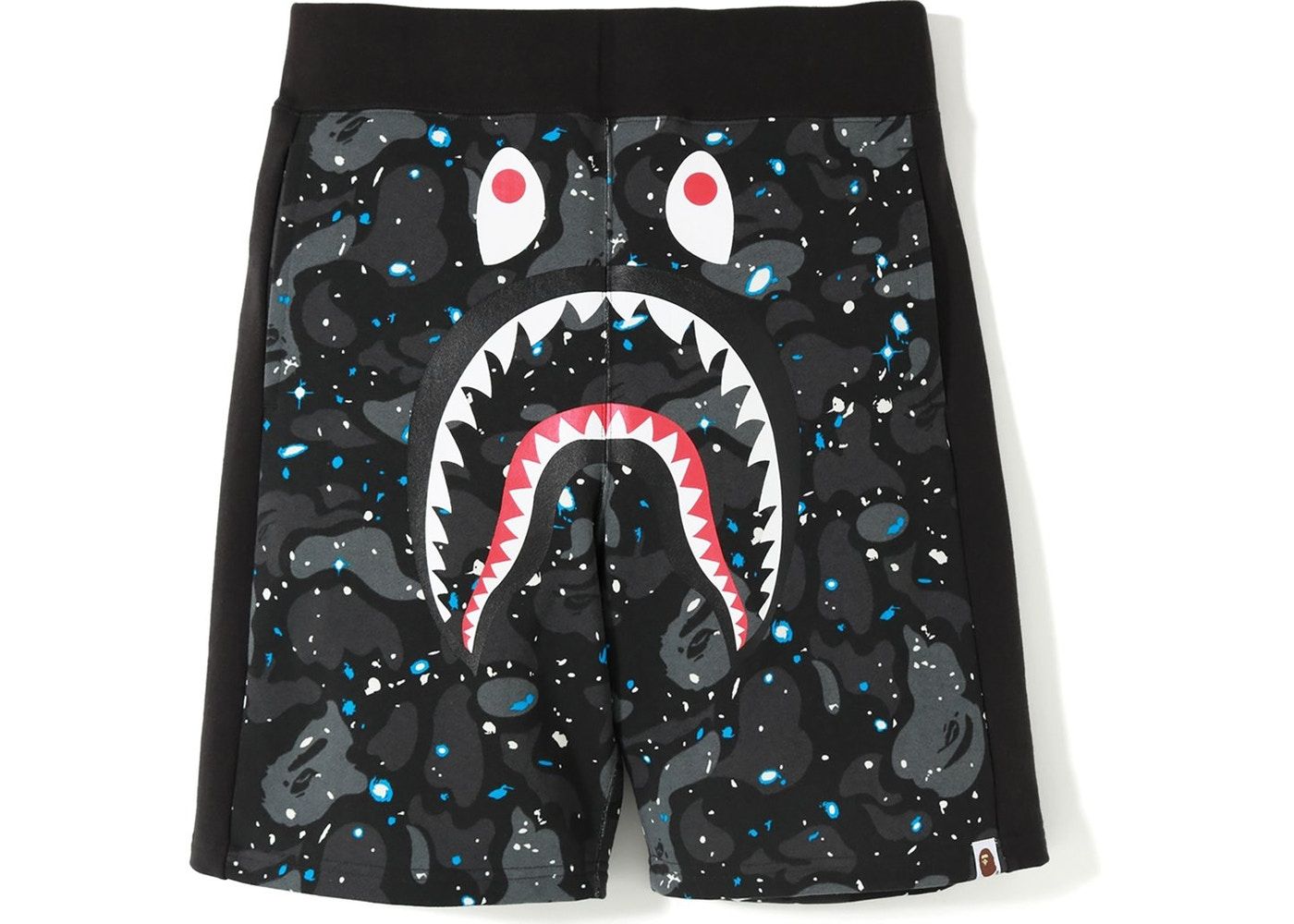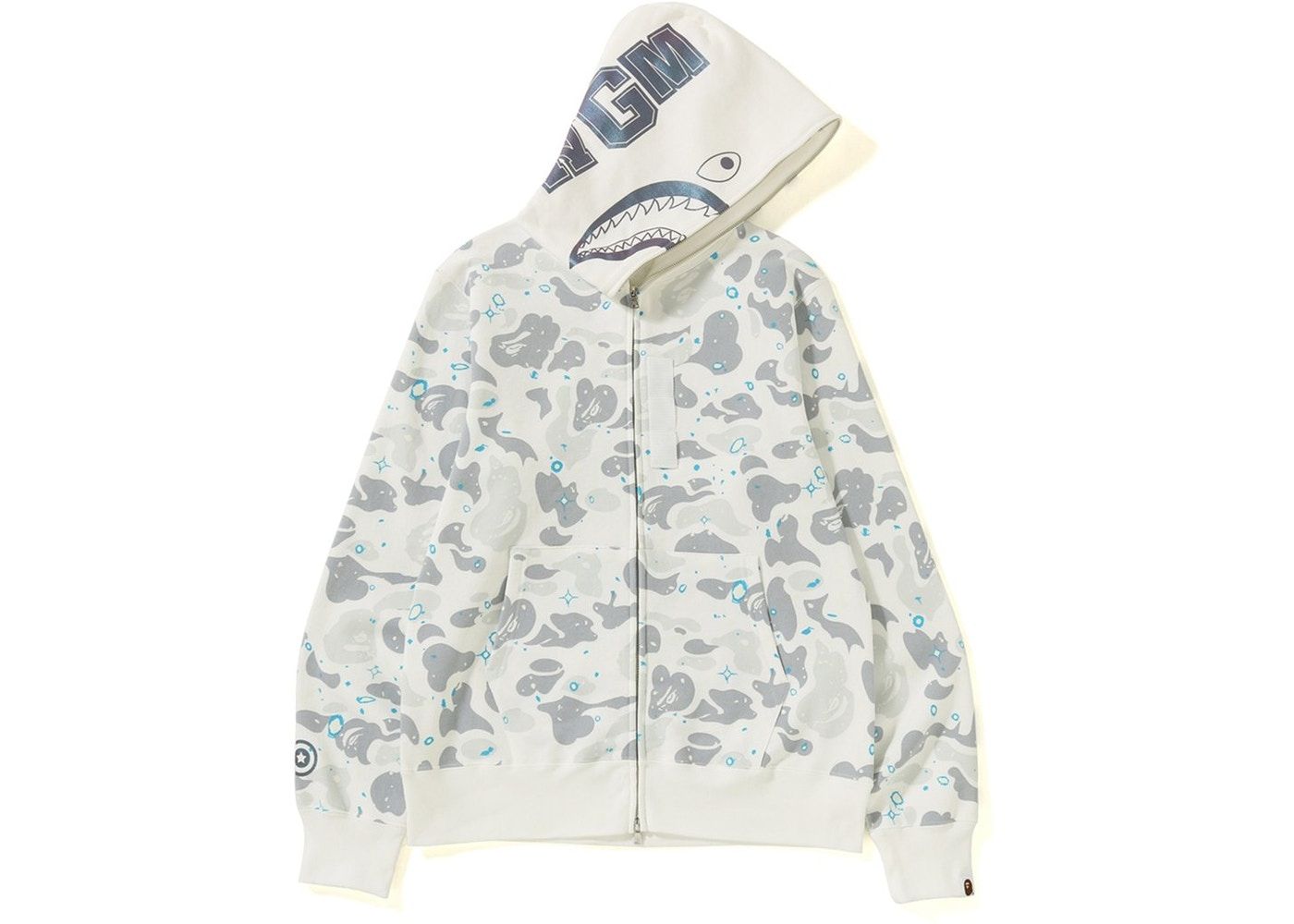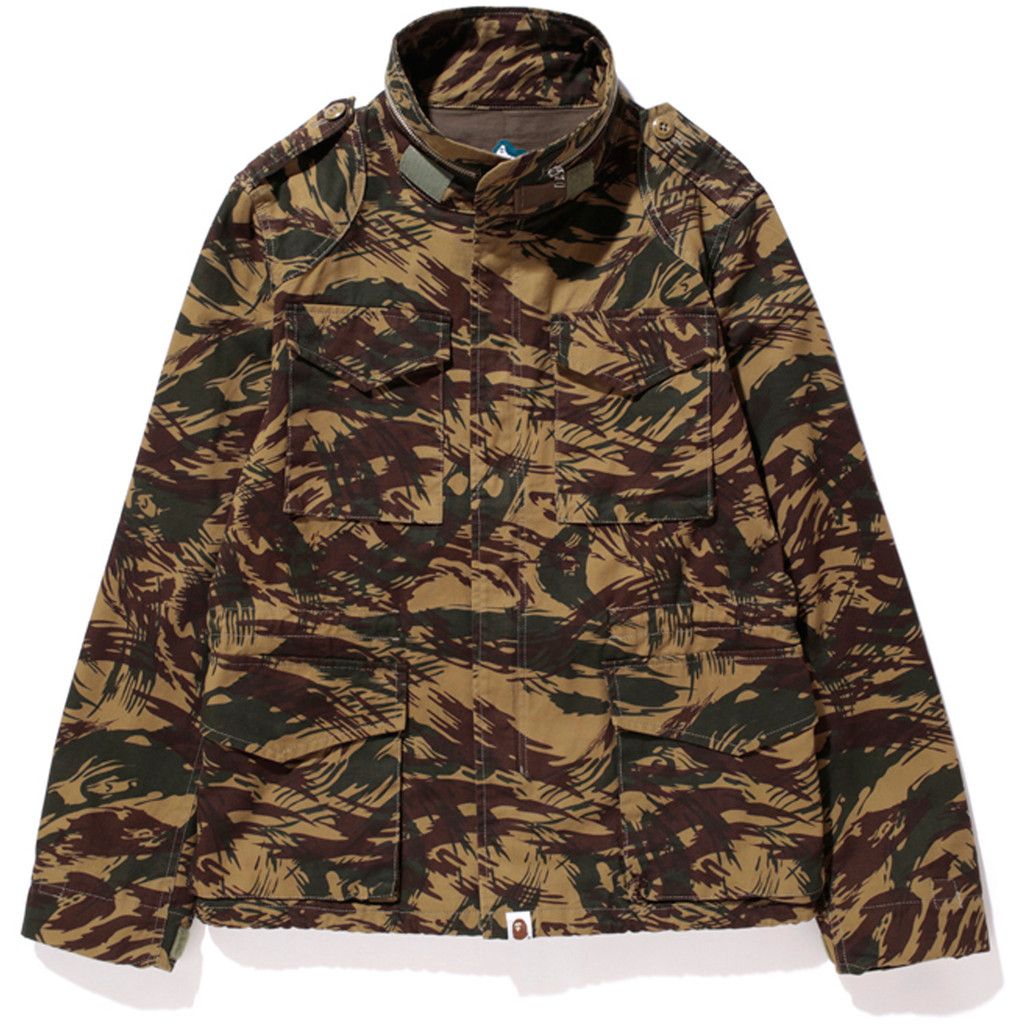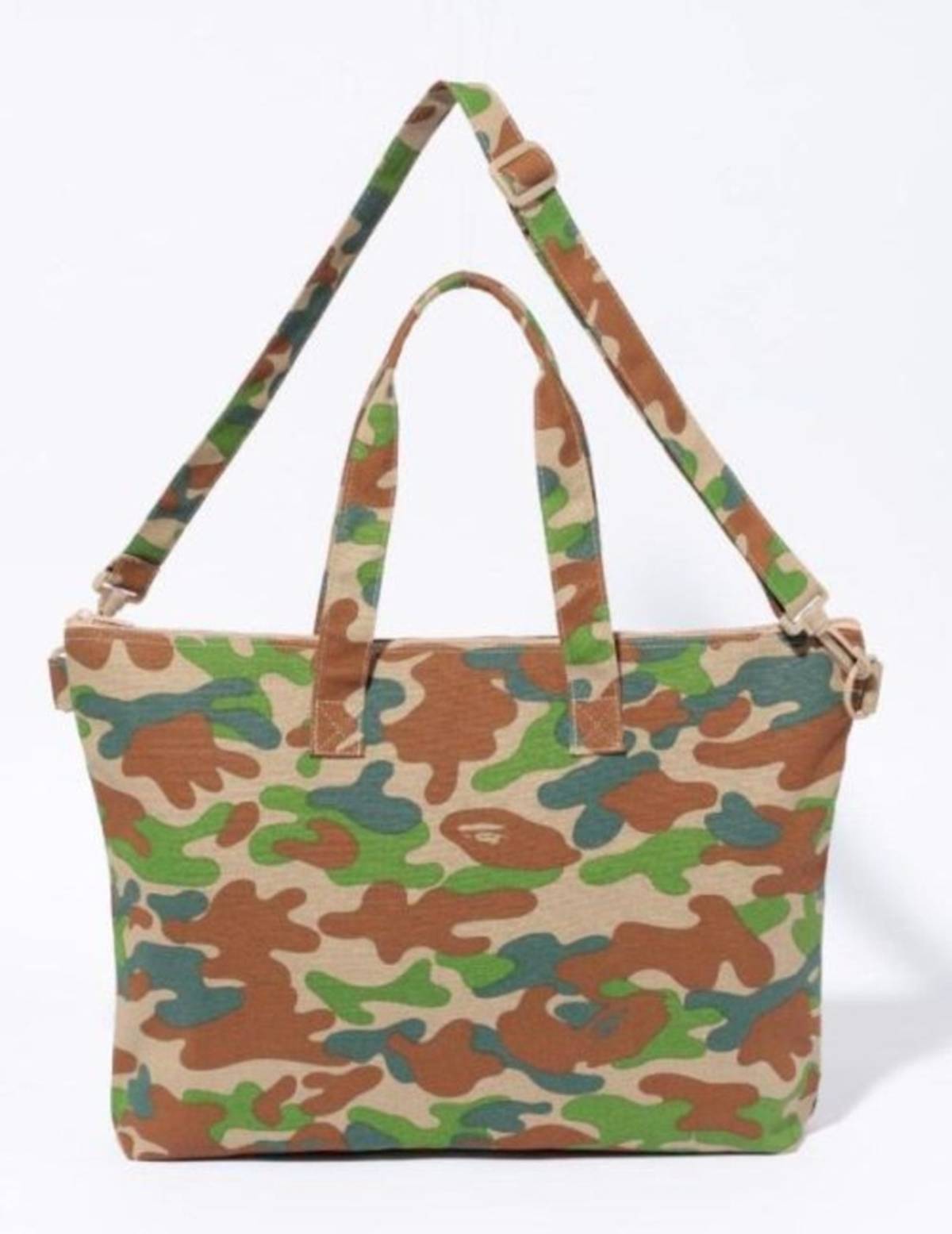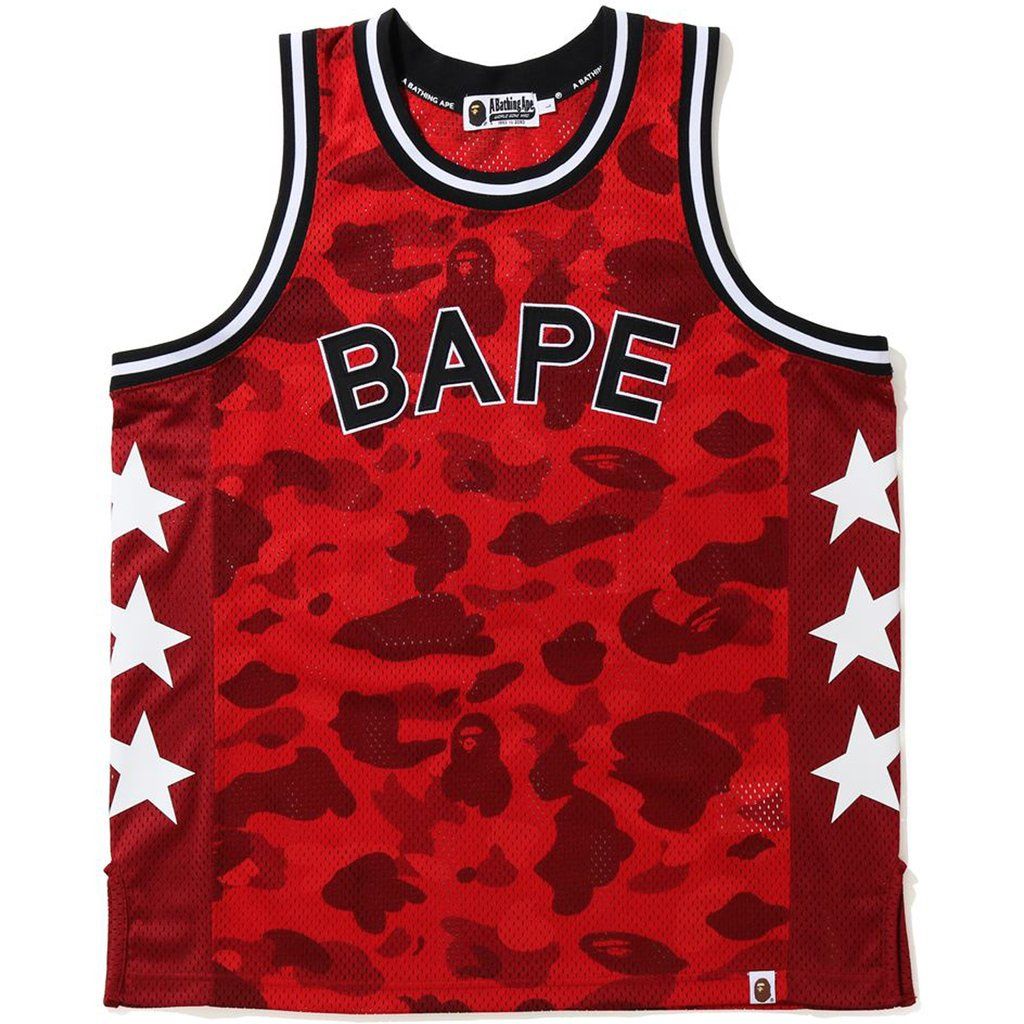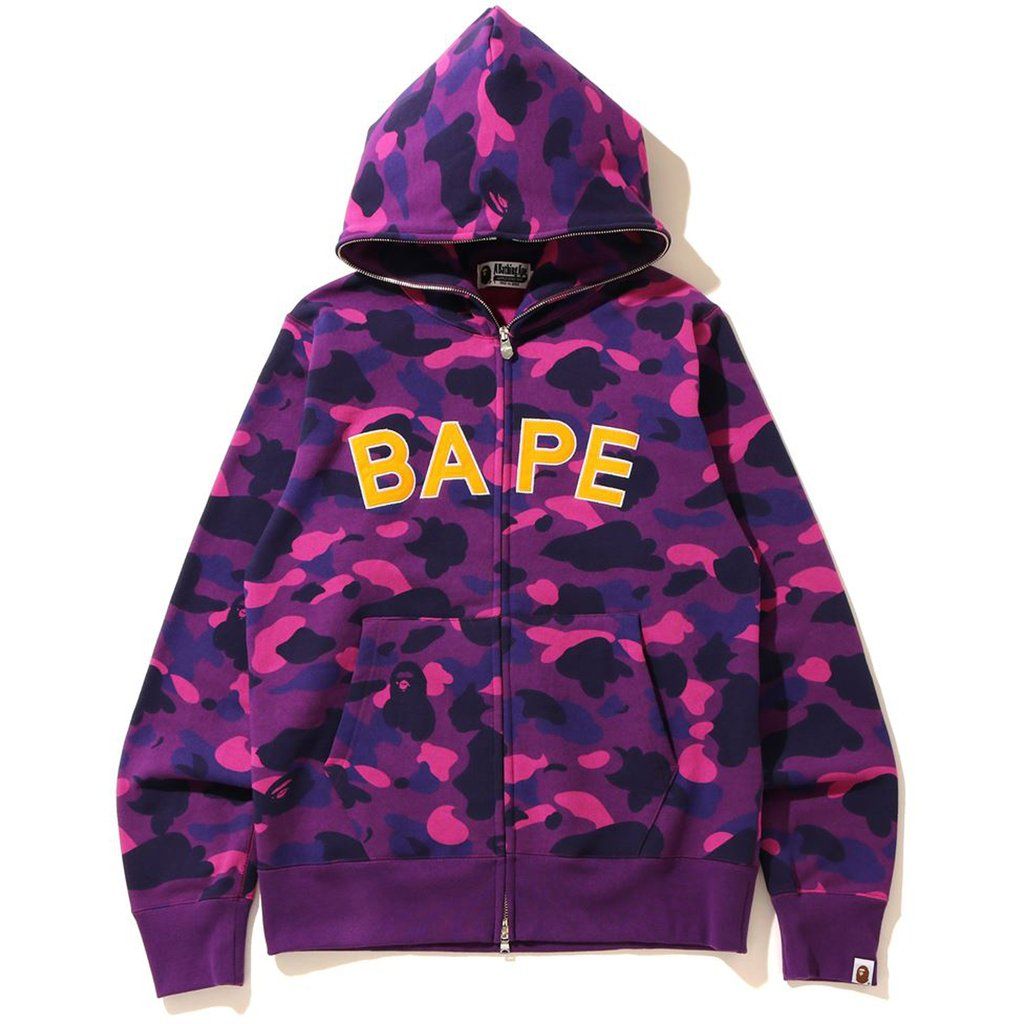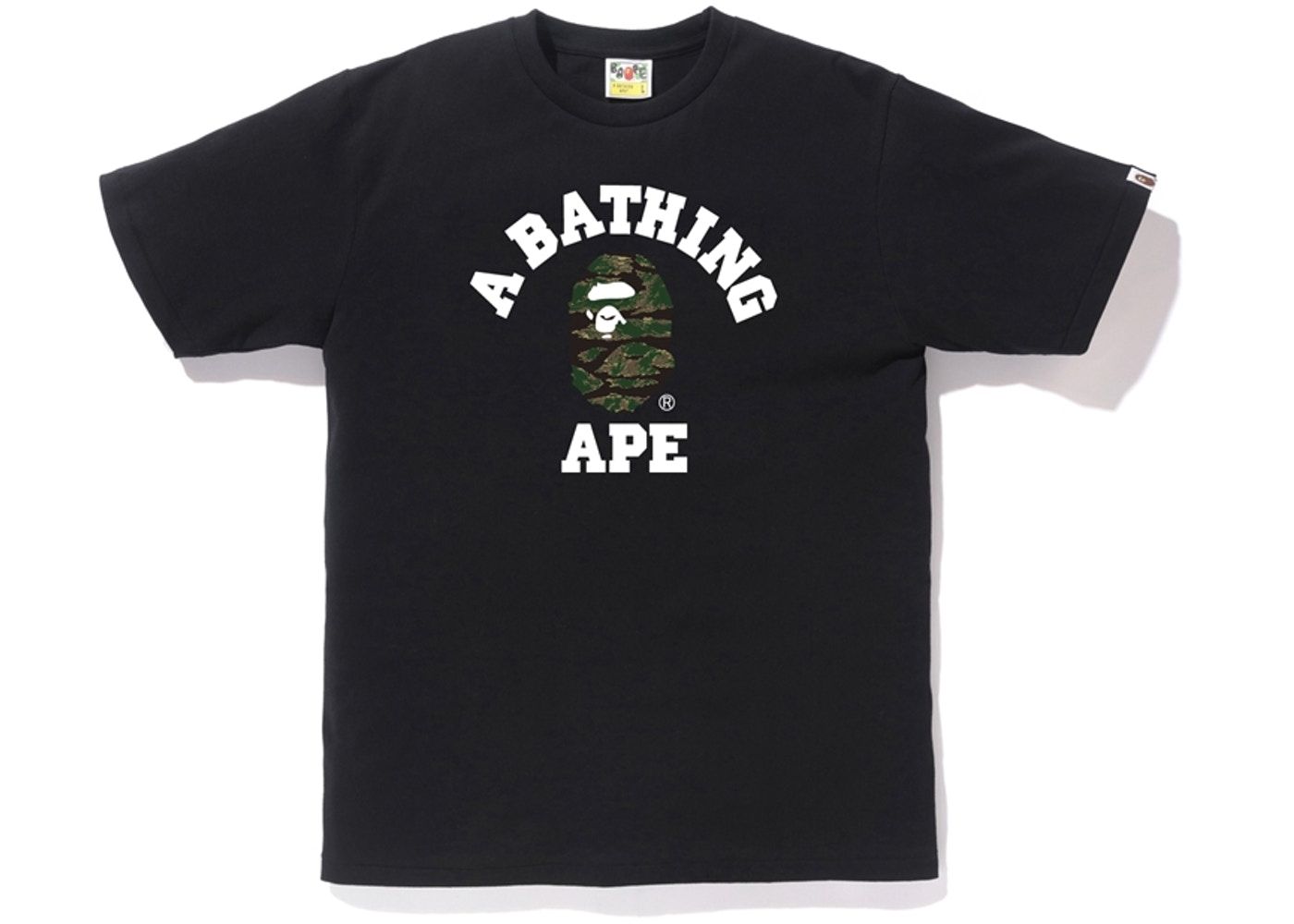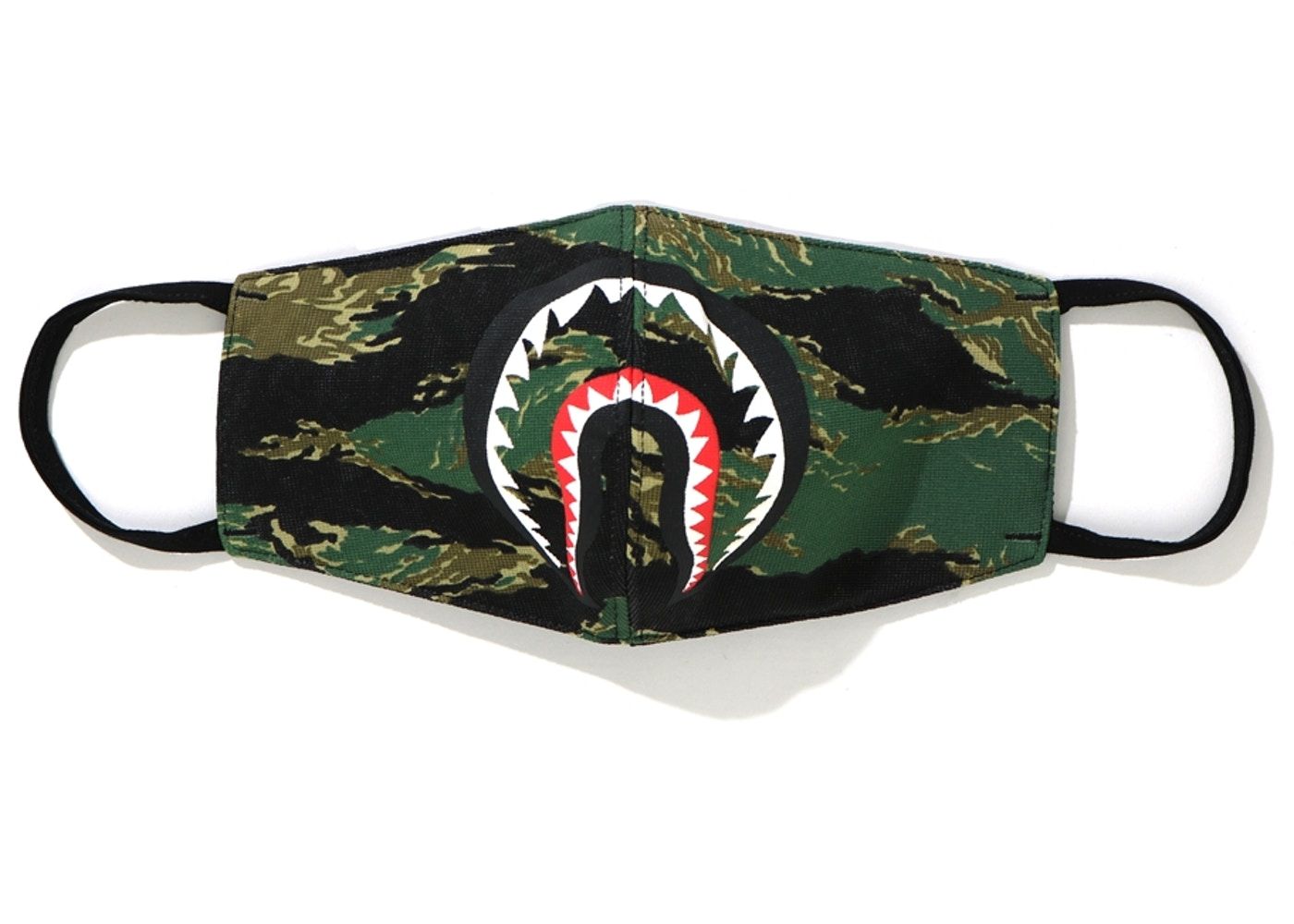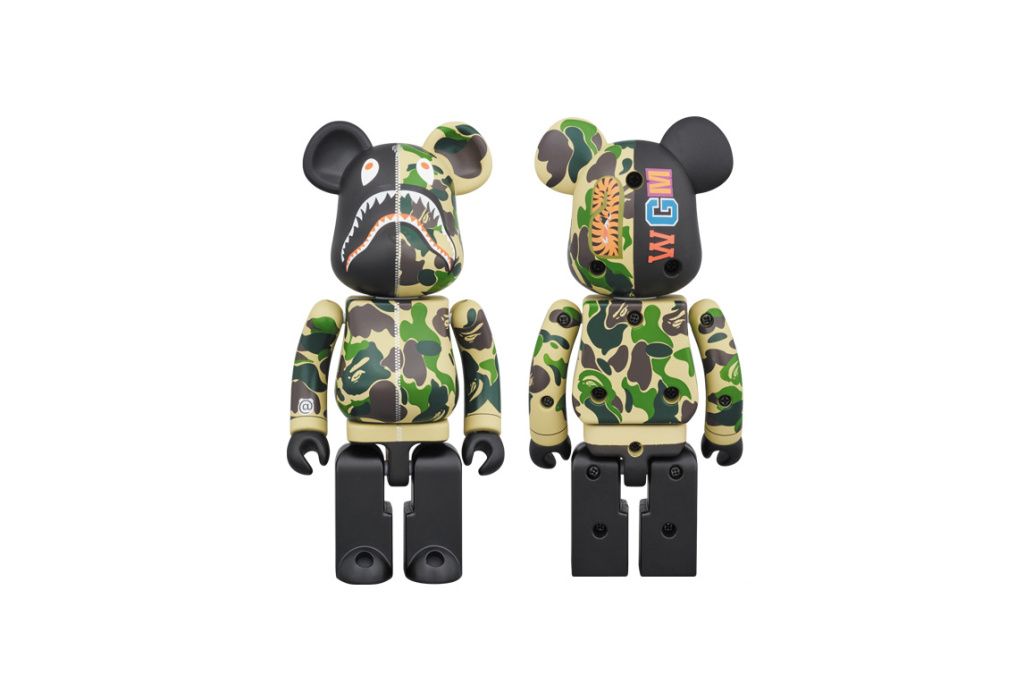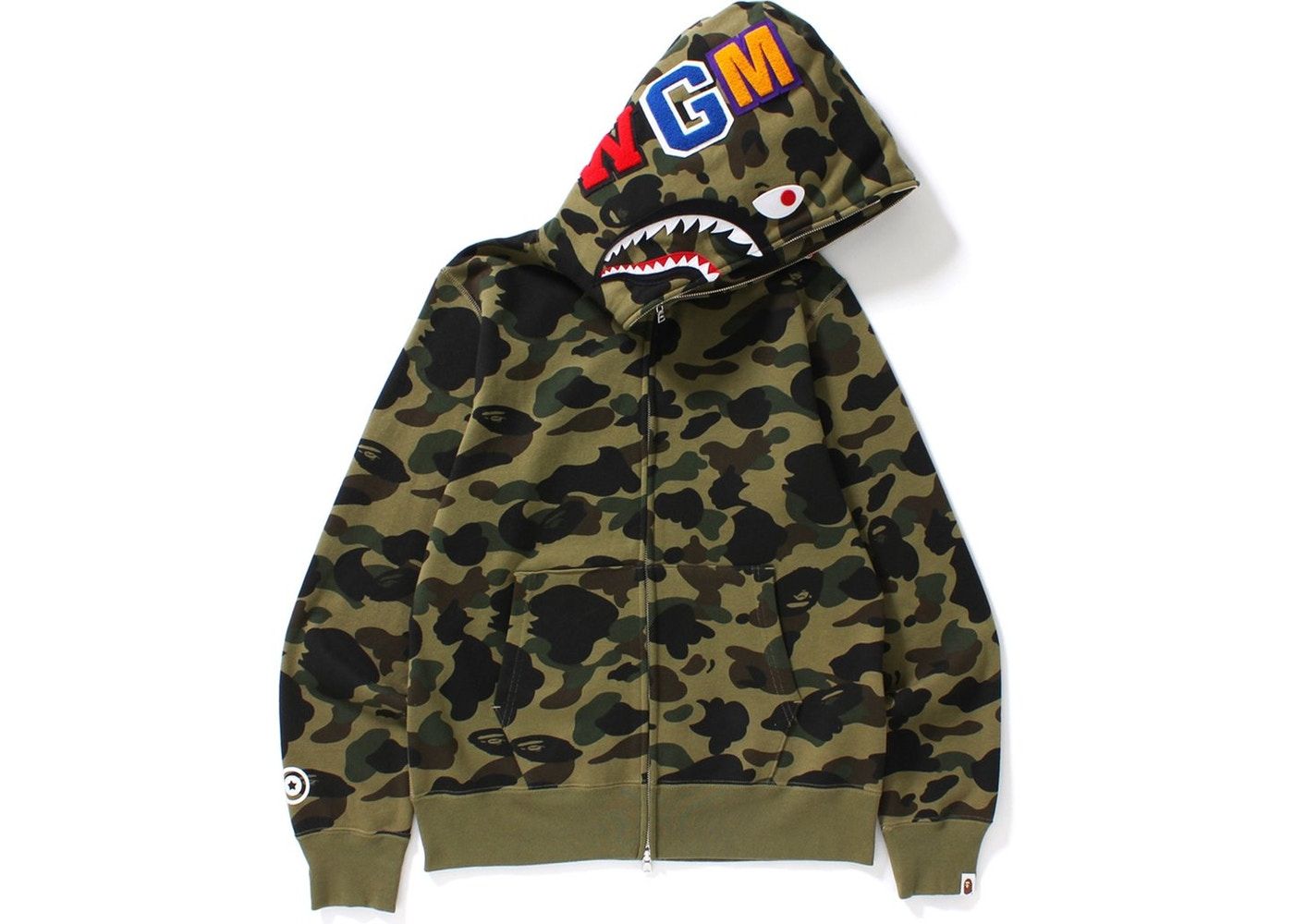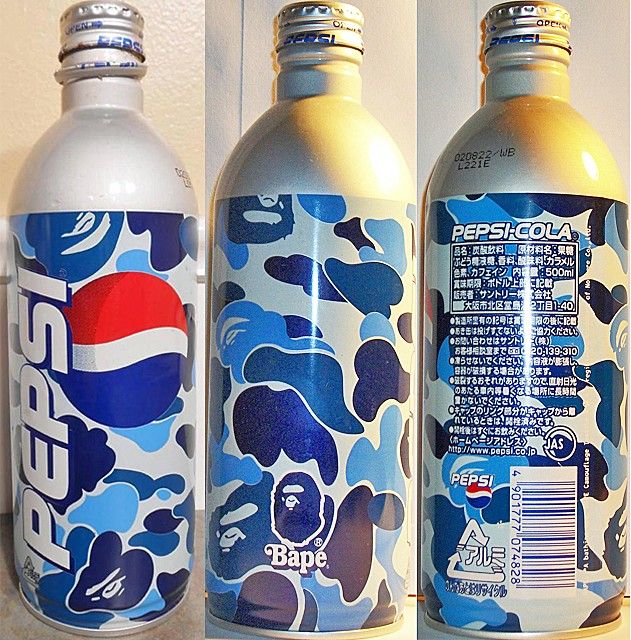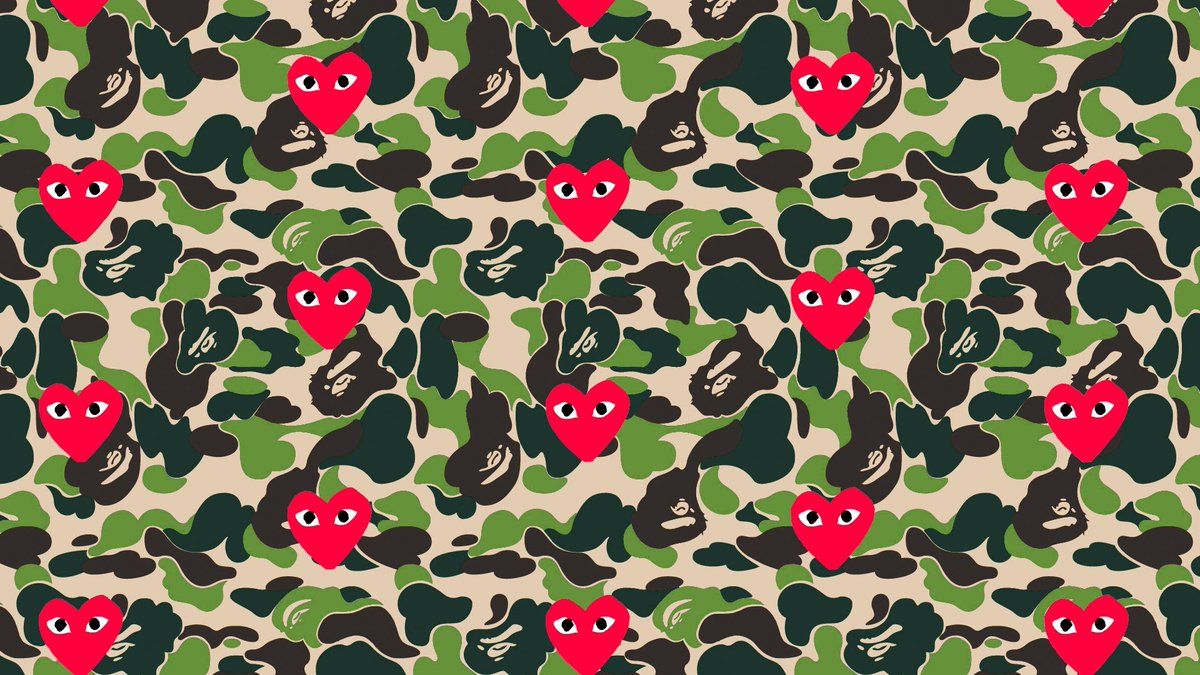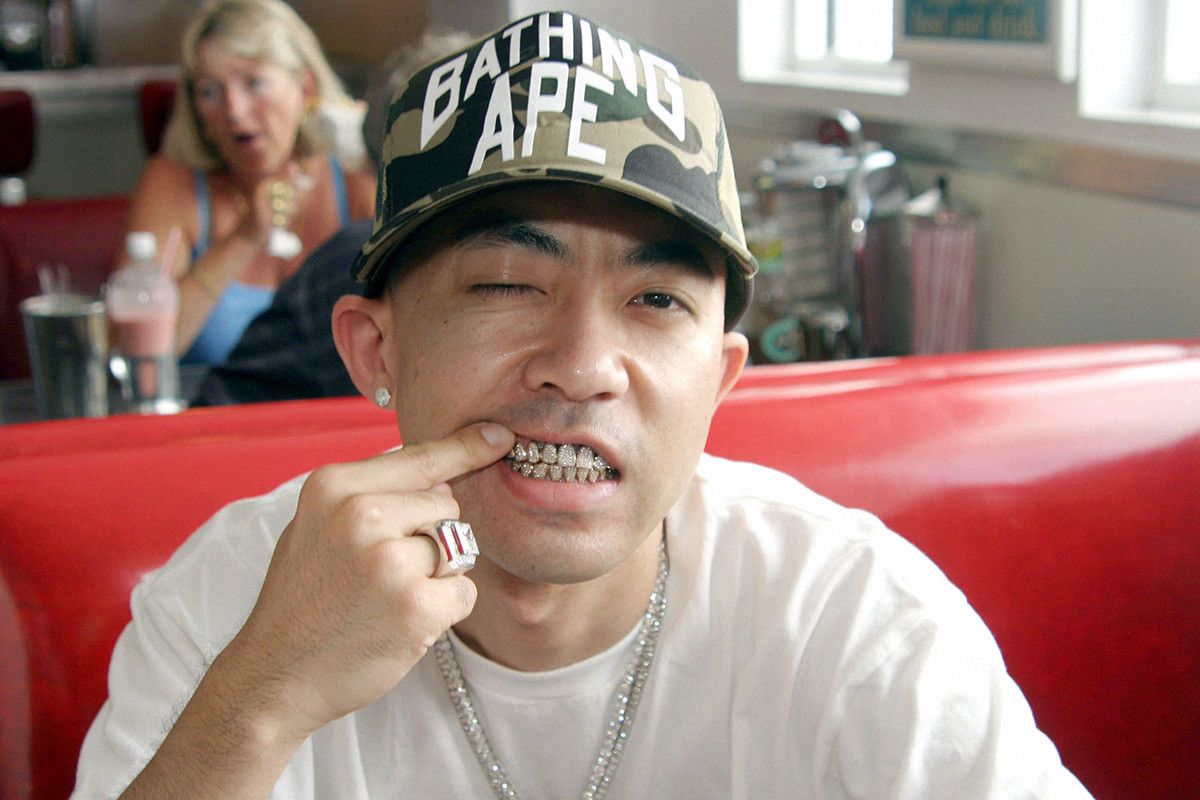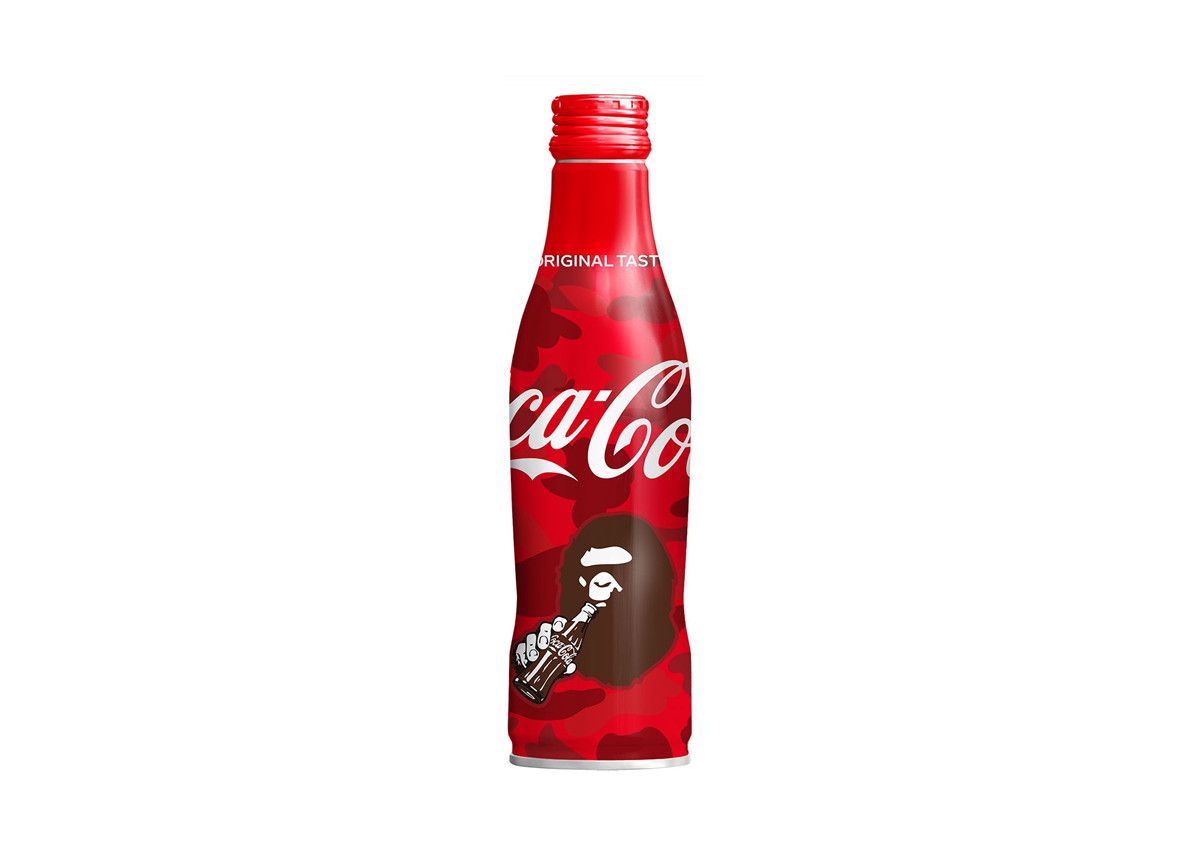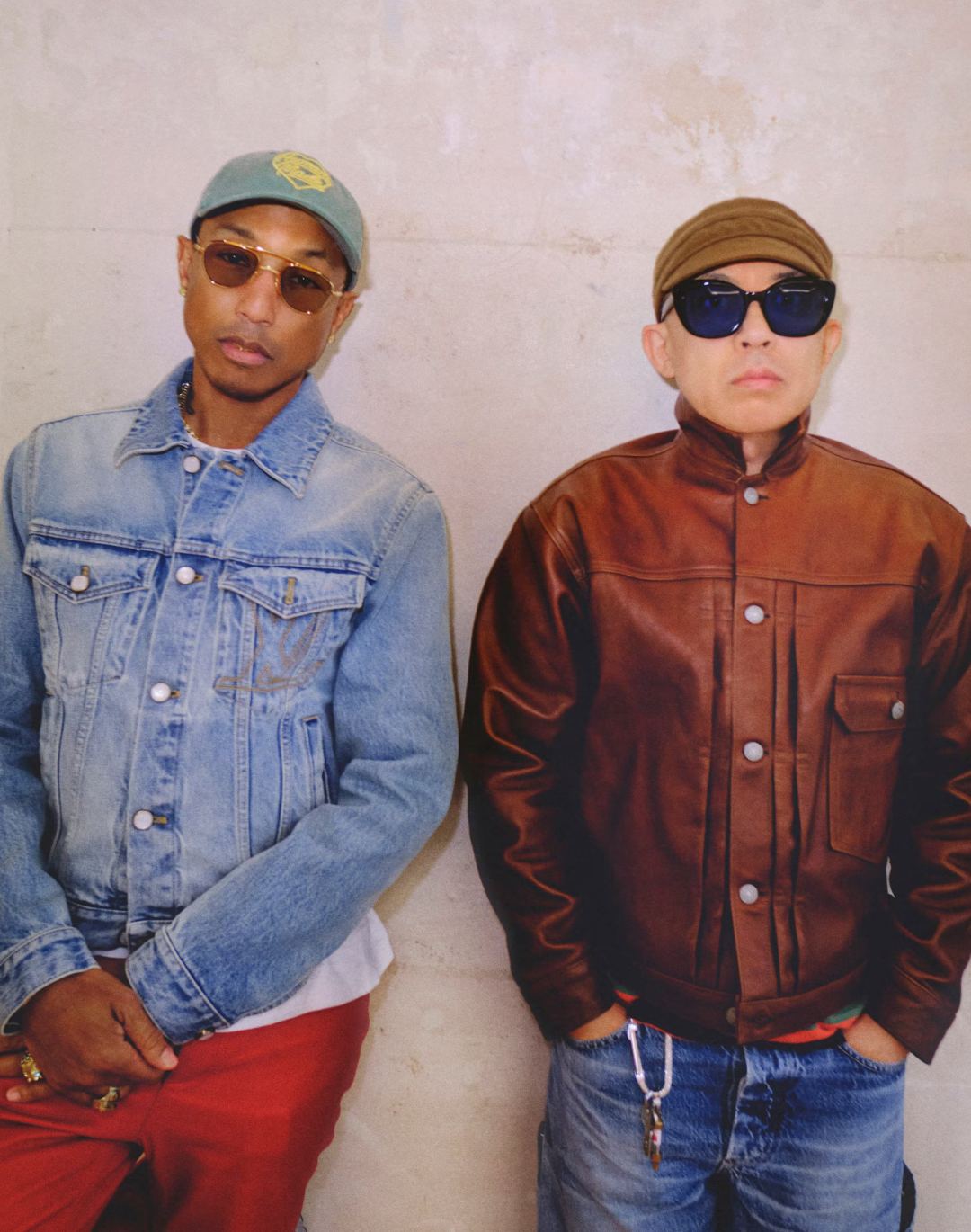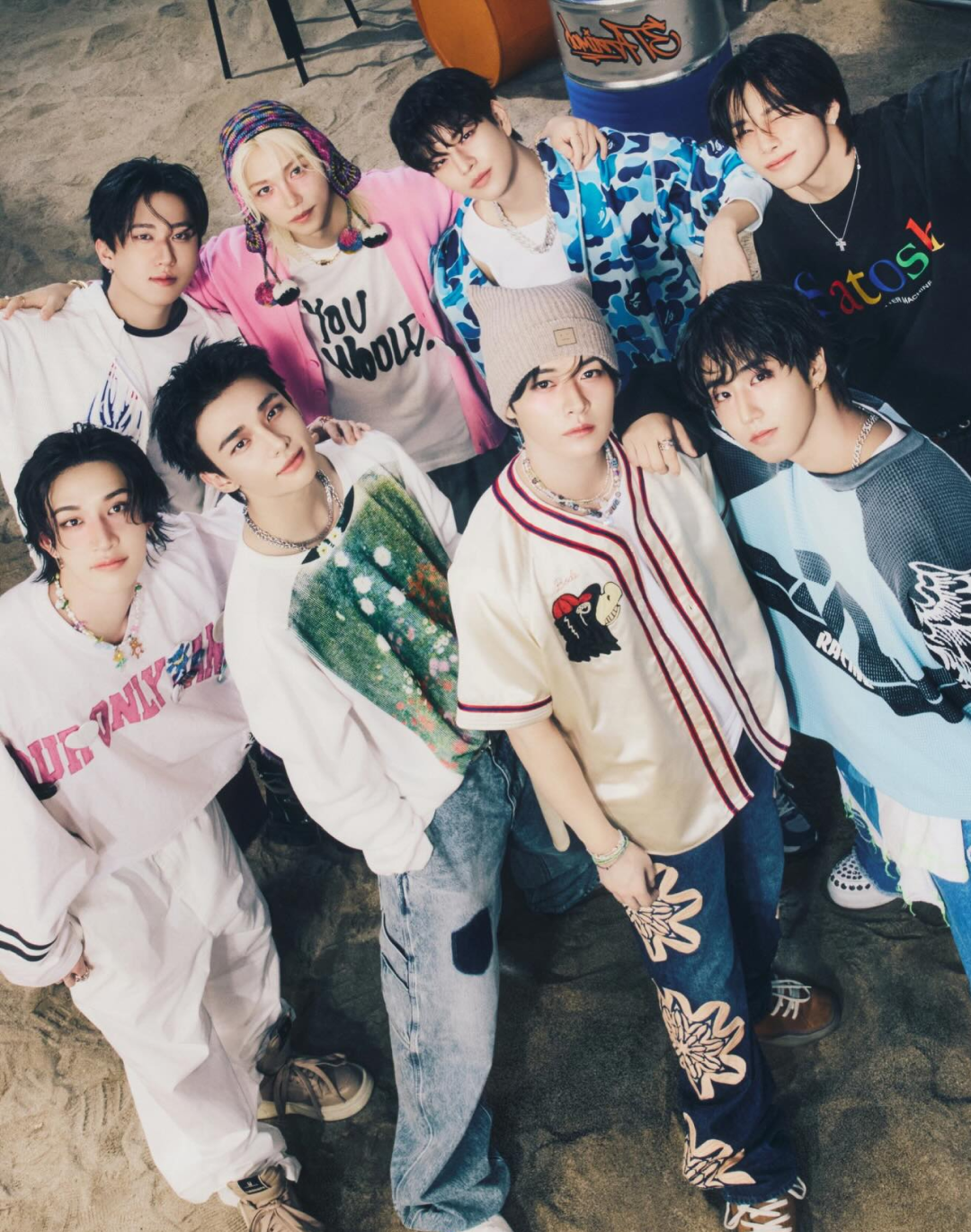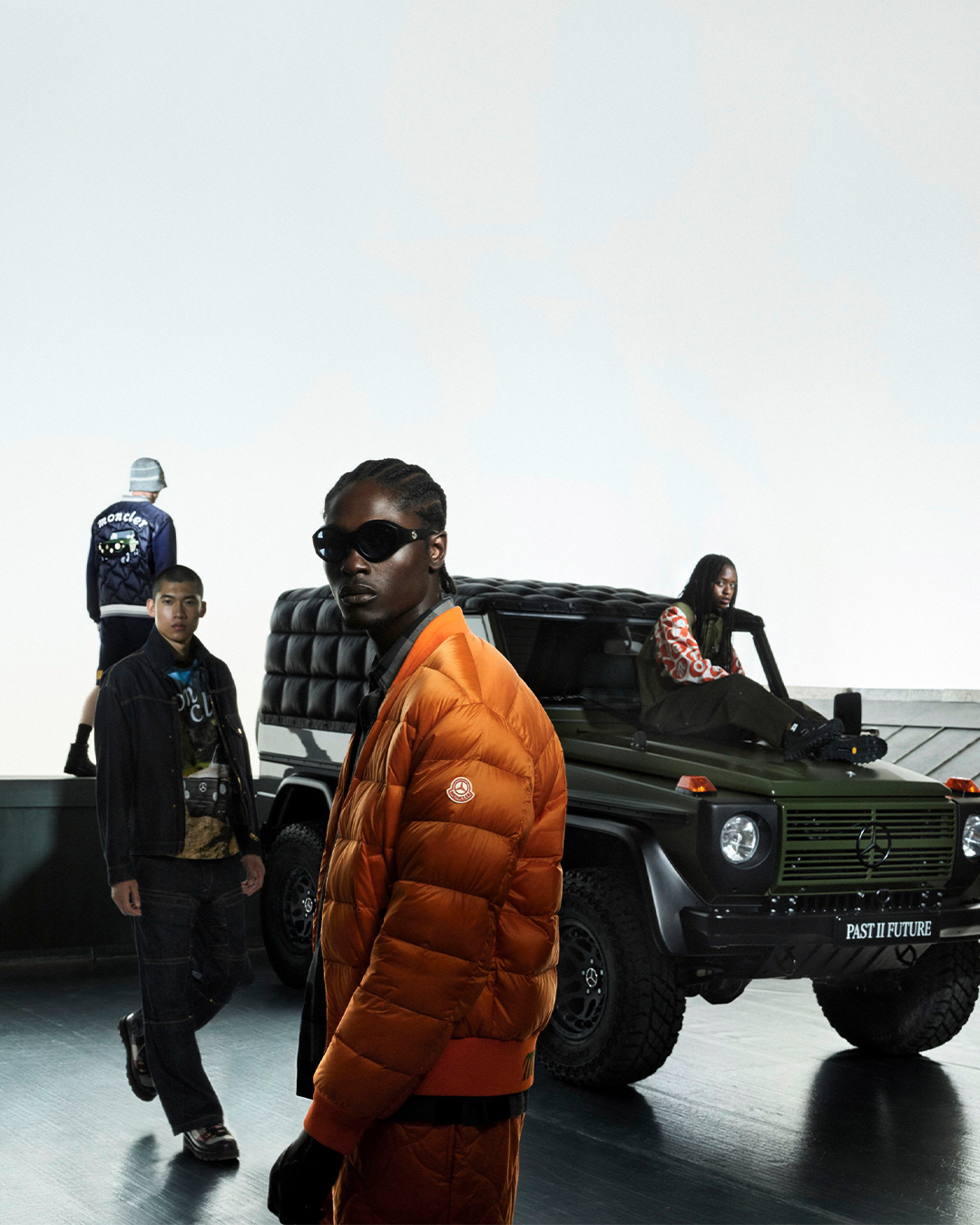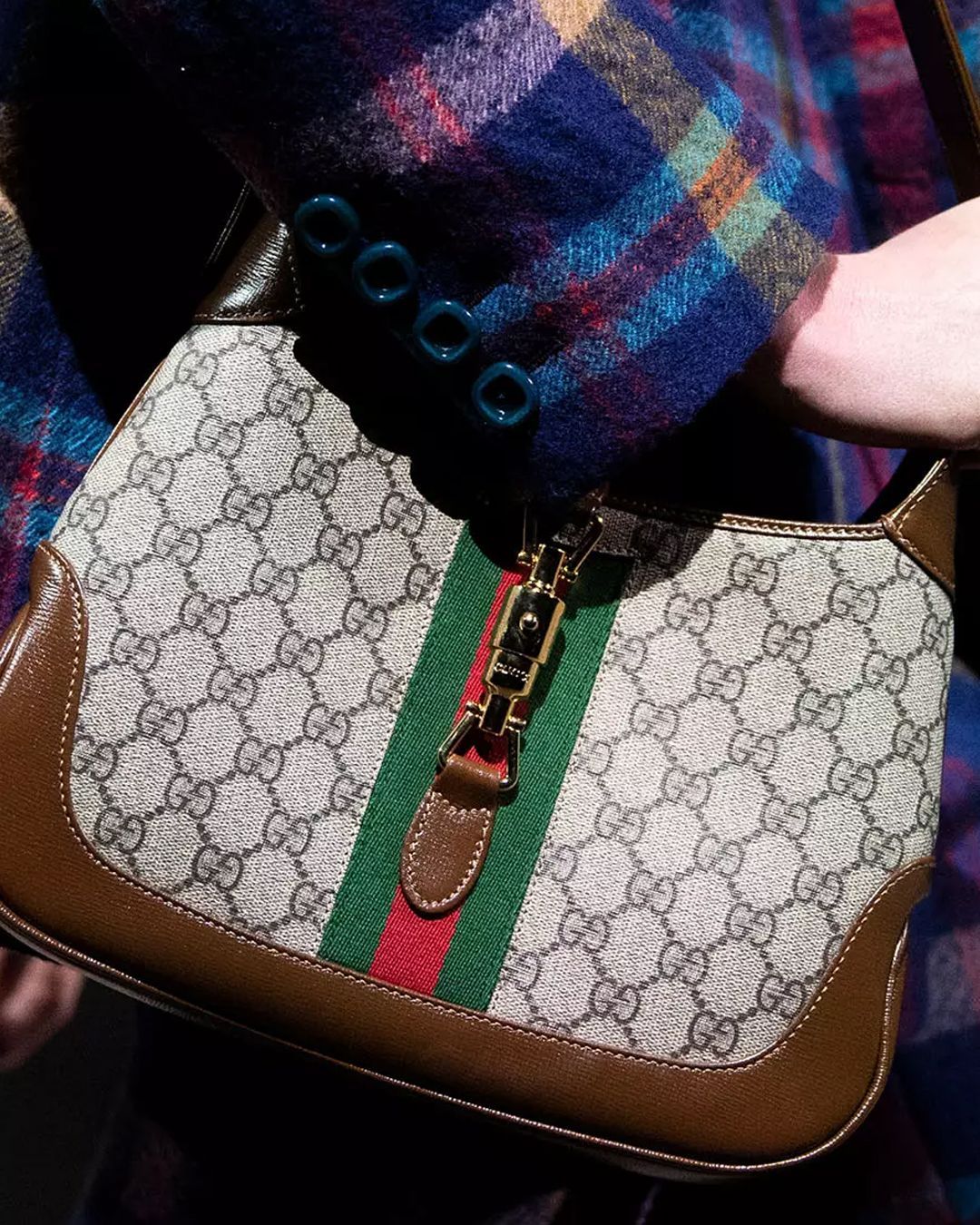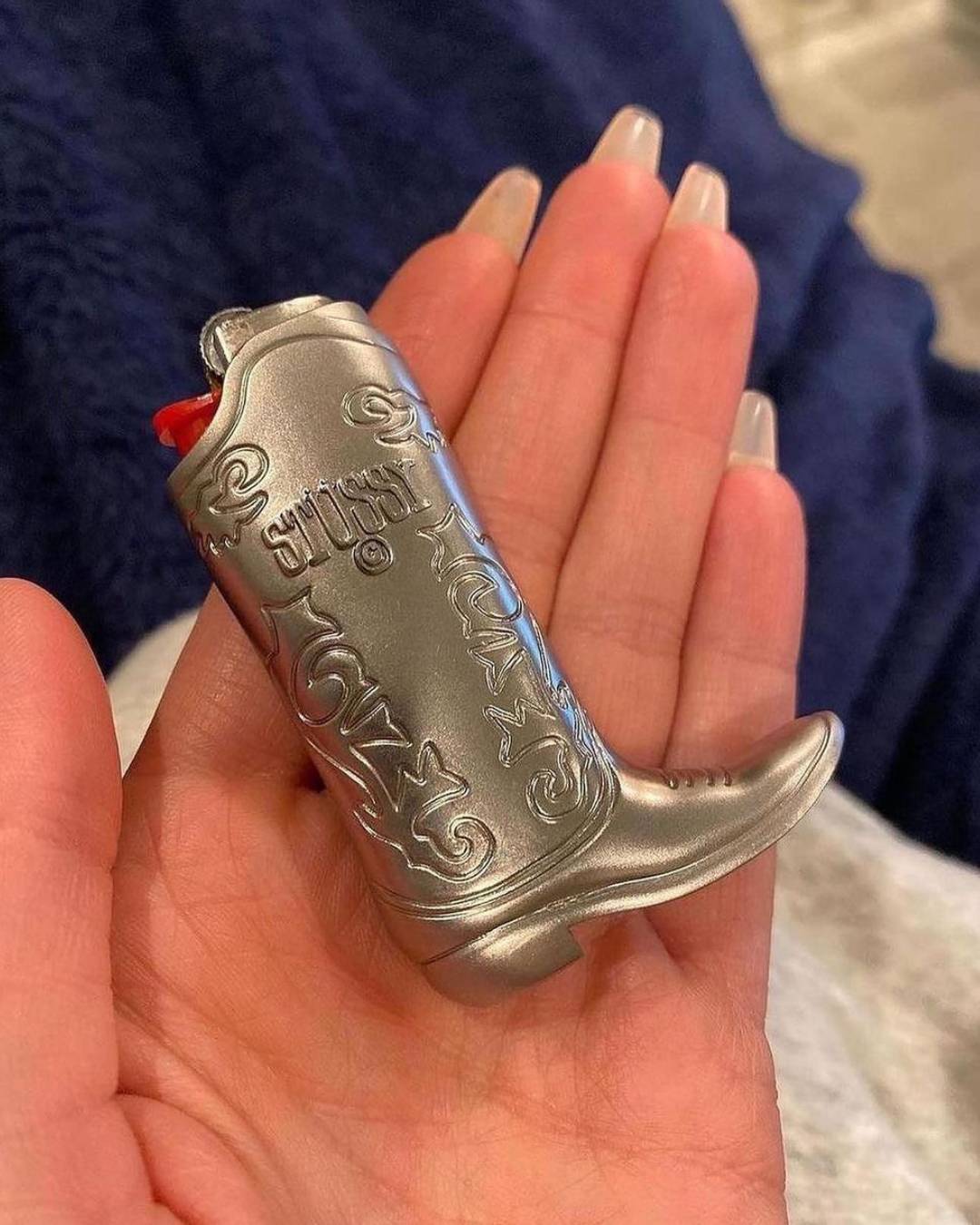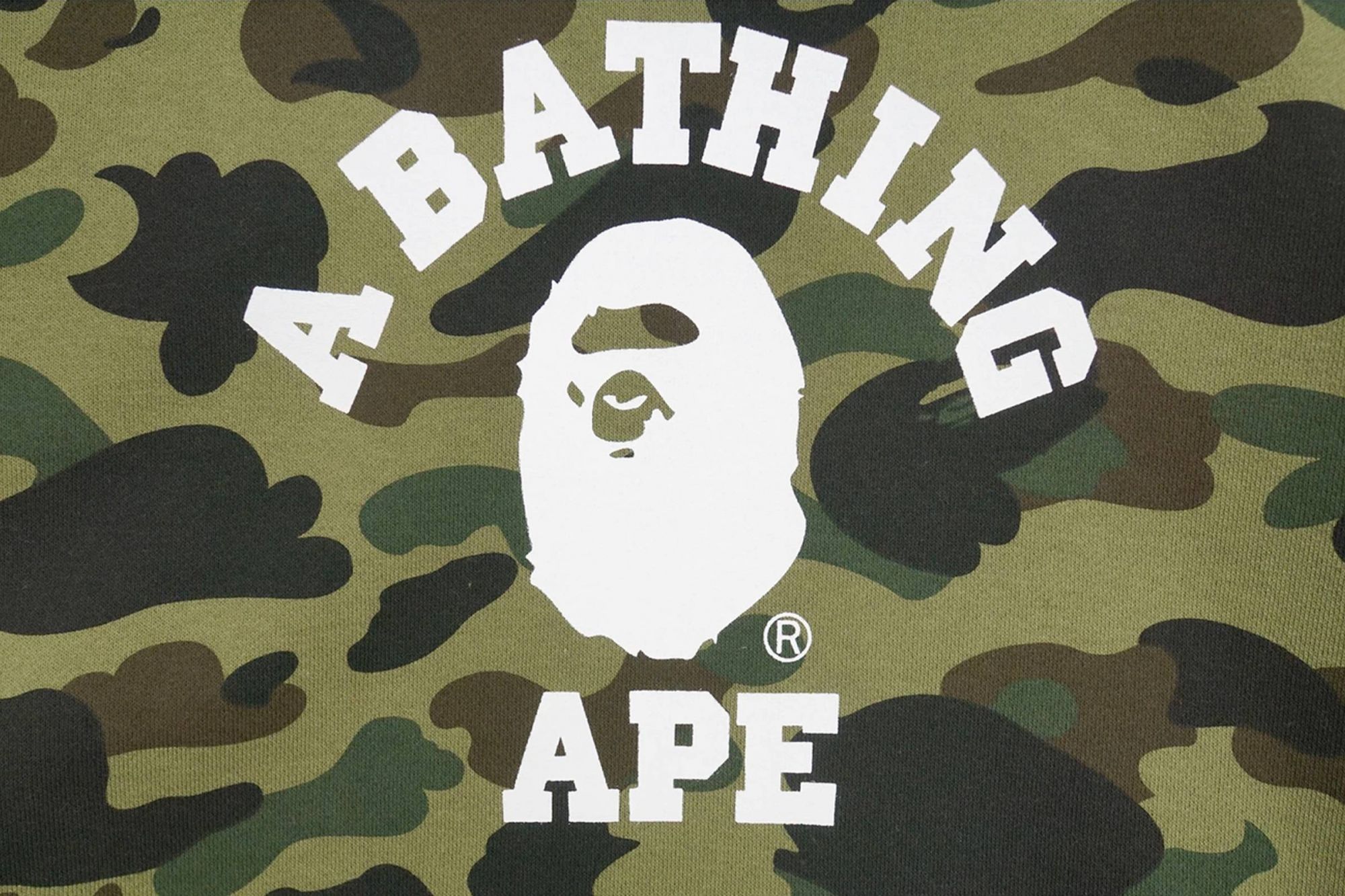
The history of the BAPE®︎ Camo One of the most iconic patterns in the world
Who knows if Nigo thought about who he would become in the 21st Century while watching Planet of the Apes, the film that will give its name to its main brand, A BATHING APE®, or while giving t-shirts to the Japanese musician Cornelius to generate interest around his own creature. The story of BAPE® I fail to say, is rich with key moments such as collaborations with the likes of Coca-Cola, Comme des Garon, adidas and Supreme, but also with figures of worldwide relevance in the field of music and art, such as Kanye West and KAWS, to quote, trivially, the two biggest names. It's not a random word. It's impossible to imagine BAPE® without its iconic pattern, that camouflage - also known as "Cloud Camo" that has become coveted, featuring the face of a monkey often hidden in its nuances. And the same pattern has undergone many evolutions in the history of BAPE® m, going from the tigrate version to the snakeskin version to the star-decorated Space Camo of 2015.
Since 1993, the year of the founding of BAPE® twenty-seven years have passed, the brand has grown, Nigo has become a sacred monster of fashion and today BAPE® Camo is one of the most recognized motifs in the world. Let's look back at its evolutions over the years. The name of A BATHING APE refers to the Japanese saying which in English is "A Bathing Ape In Lukewarm Water", used to refer to a person so lazy that he entertains himself in the bath water for so long that it becomes lukewary and is an ironic reference to the hedonism and consumerist attitudes of Japanese teenagers.
The word camouflage, which translates as "distinguishing", first appeared in 1600, when William Shakespeare used it in Macbeth to refer to how soldiers camouflaged themselves on the ground. After World War II, the camo was seen as a statement to the wearer, who with that reason on him wanted to announce his hostility to war. It wasn't until the 1970s that the pattern began to be accepted for what it really was: a genuine and original design. BAPE® began to propose it in 1996 in shades of yellow and green, bringing it on windbreakers and sweatshirts that in a few years reached the most prominent characters in pop culture, from Notorious B.I.G. to Rihanna. For this reason, the fame of the camouflage motif, still a distinctive element of the Japanese brand, is due almost exclusively to the latter.
Nigo, a pseudonym for Tomoaki Nagao, means "Number Two" in Japanese. It became the name by which we know the creator of BAPE® when a salesman from the punk shop A Store Robot saw in Nigo a striking resemblance to what was the latter's idol, Hiroshi Fujiwara, renaming it ""Fushiwara Hiroshi NIGO". At that moment Nigo is in Tokyo and is about to get in touch with Fujiwara himself, who will introduce him to the Japanese clubbing environment, leading him to DJ at different parties. The two characters who most directed Nigo's life, however, are Jun Takahashi and the graphic designer Shinichiro "Sk8thing" Nakaramura. The latter worked with Fujiwara on the creation of Goodenough, a streetwear brand that was immediately successful thanks to the influence of the creator of Fragment Design, who immediately capitalized on the good results obtained by asking Nigo and Jun Takahashi to run a store suitable to sell their products, Nowhere. From the subsequent split of Nowhere, Undercover by Jun Takahashi and BAPE®ity® was born.
In its history, BAPE® has come to have numerous stores around the world, along with a pub, an art gallery, a series of flagship stores dedicated to special collections, as well as a line for womenswear and childrenswear. He has collaborated with a multitude of more or less well-known brands, he has had among his leading rapper testimonials of the caliber of the aforementioned Kanye West, but also Tyler, The Creator and Kid Cudi, who for a time, in 2004, also worked in a store of the Japanese brand. However, the situation began to change as Nigo stepped down as CEO of his creature. A year later, in 2010, BAPE® had a debt of 110 million yen. If BAPE® still exists today it is thanks to a Hong Kong group, I.T., that it saved the brand from bankruptcy by buying 90% of the shares. Ten years after that historic event, Nigo has dedicated himself to his other brands, such as Human Made, or to the creative direction of UNIQLO UT. BAPE® But he survived and learned to live with a hybrid aura, which half preserves the underground soul that he had in his infancy, but which partly characterizes BAPE® as the opposite of what he wanted to become, a brand for all types of customers.










































